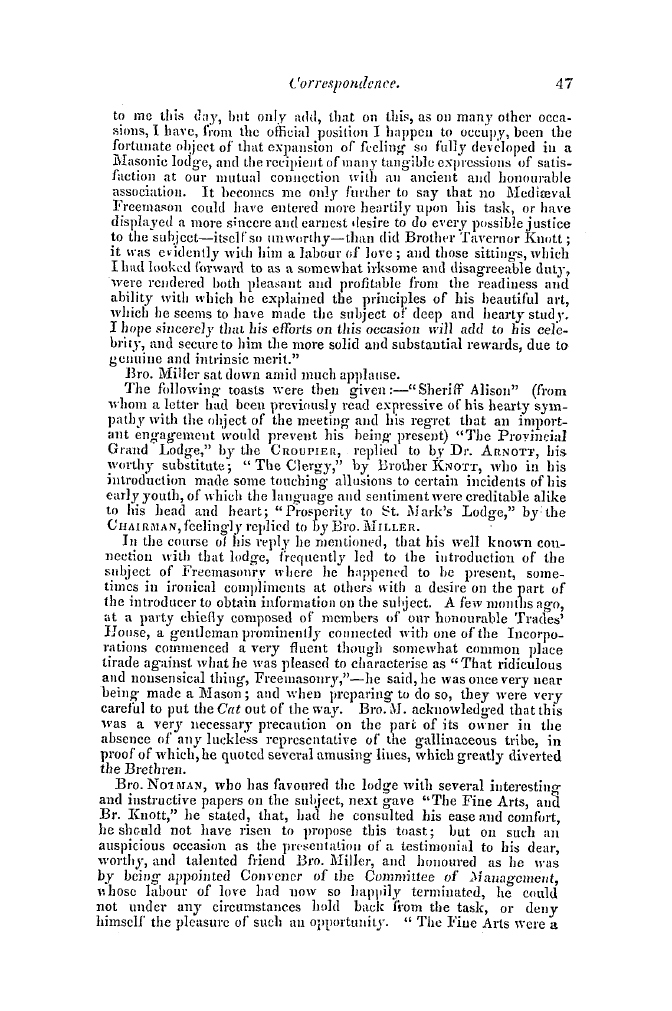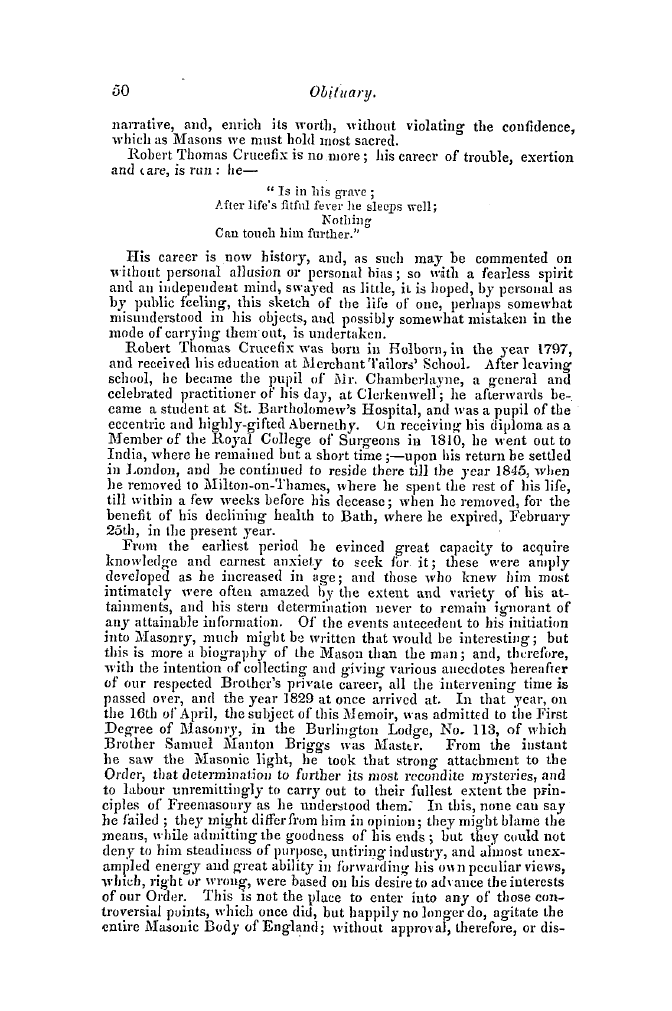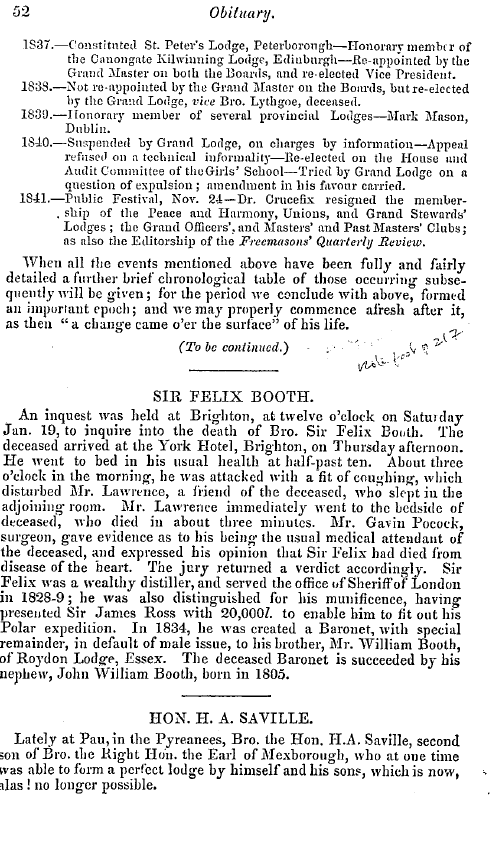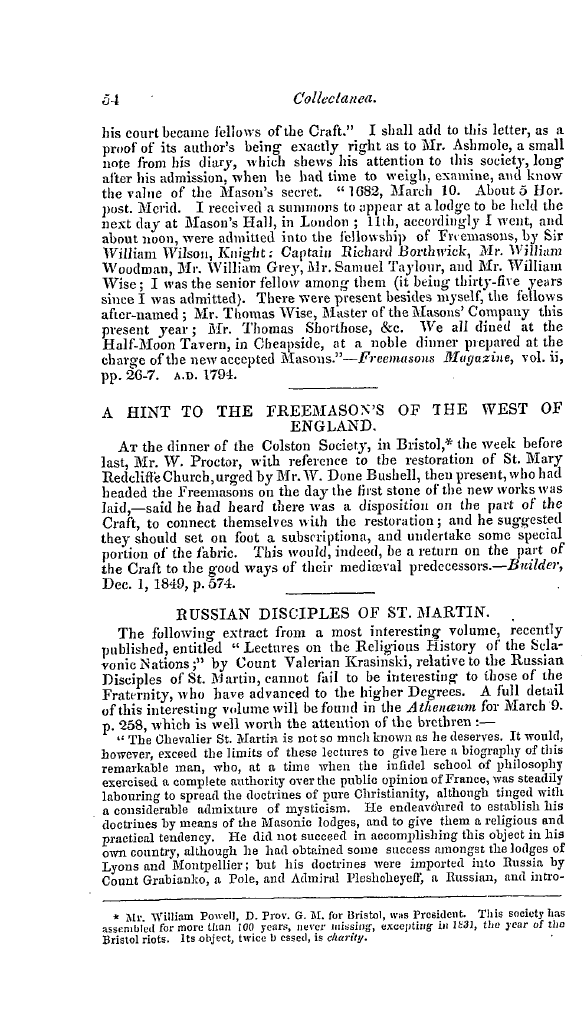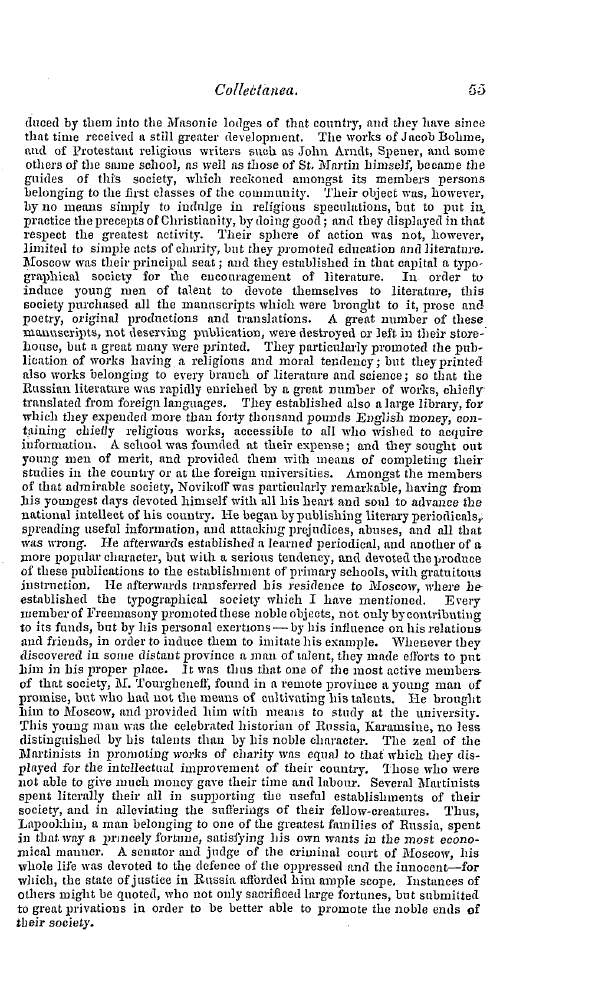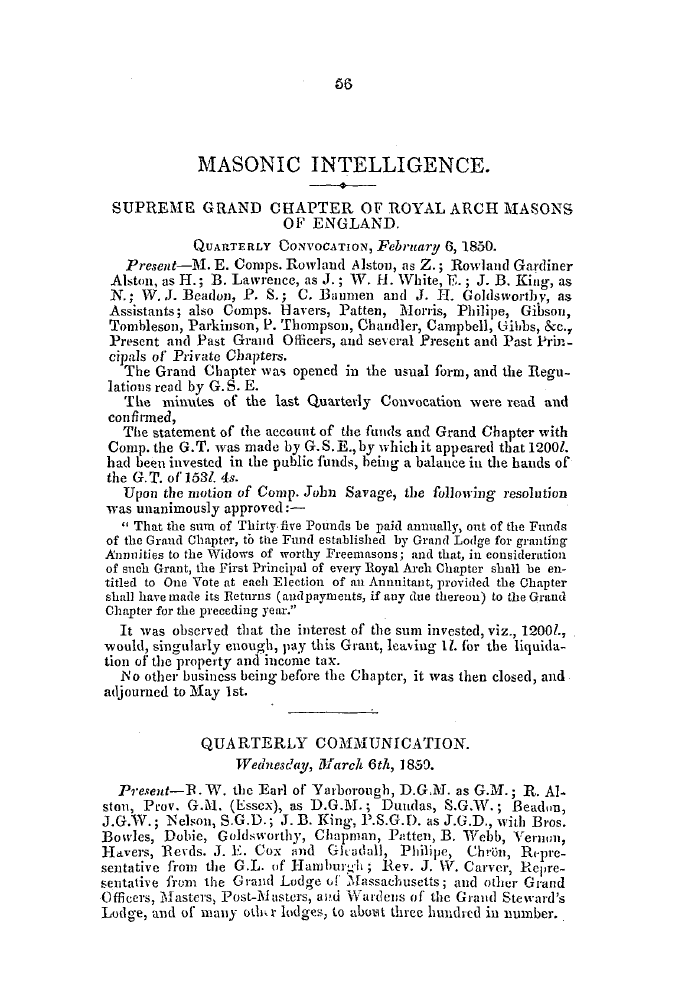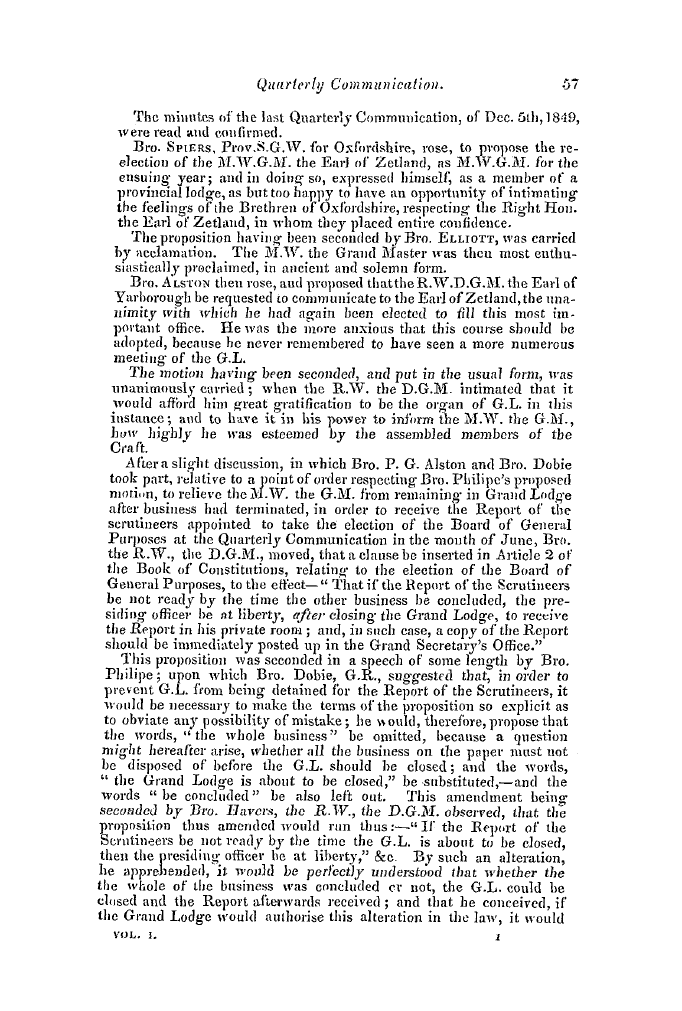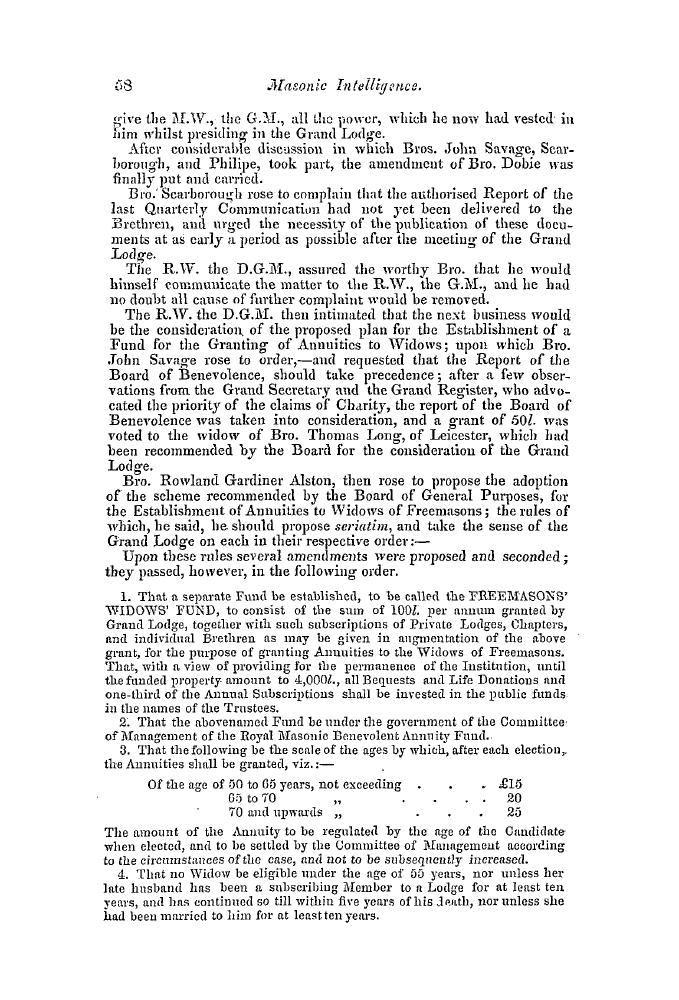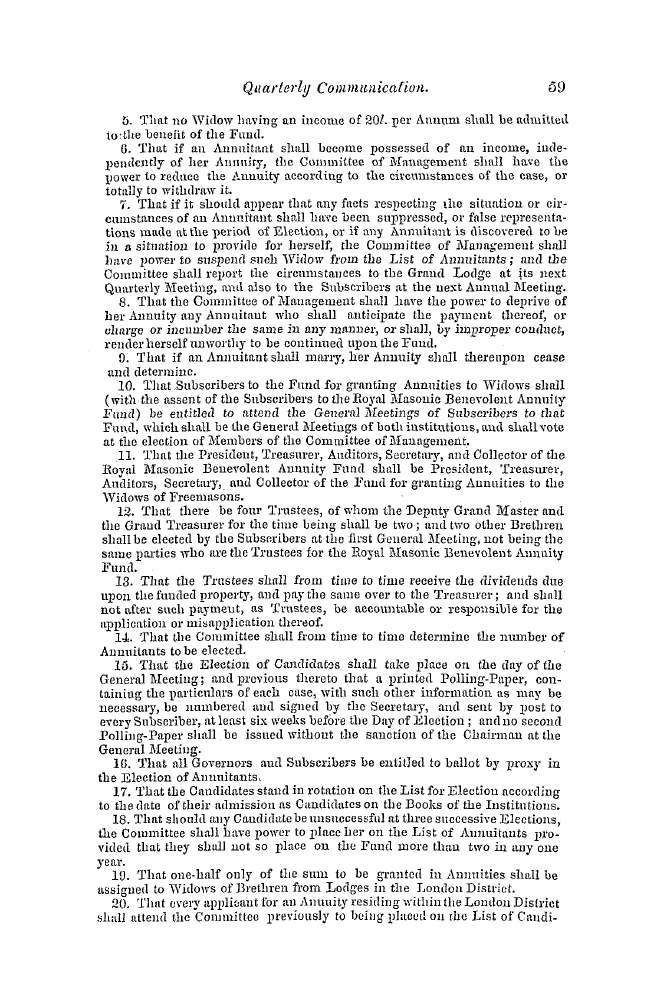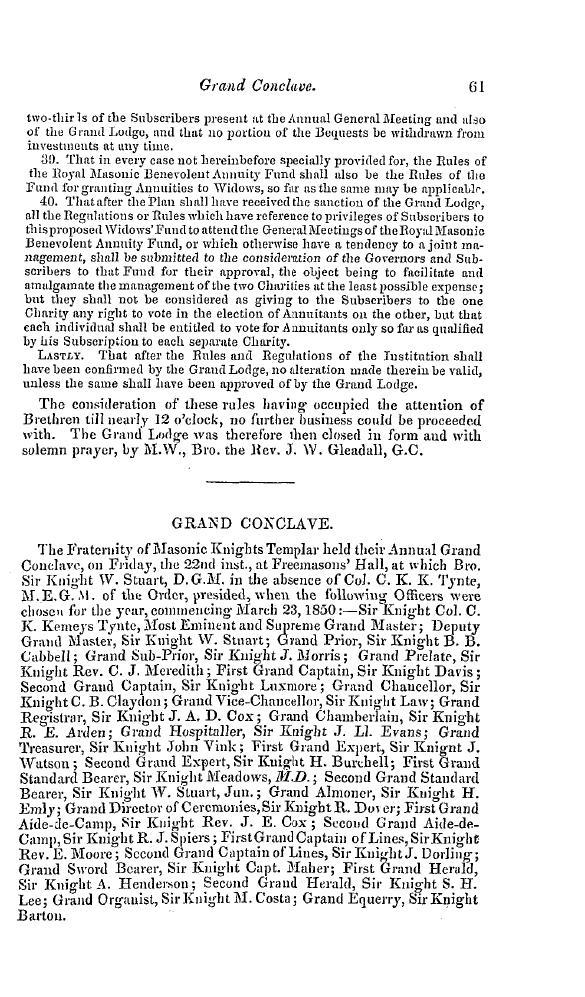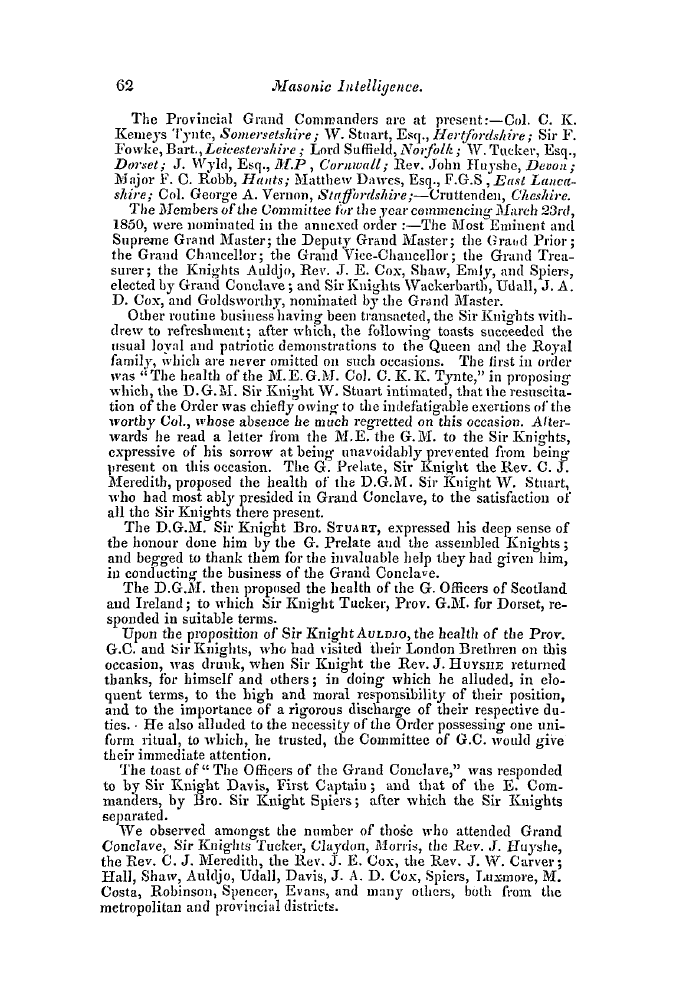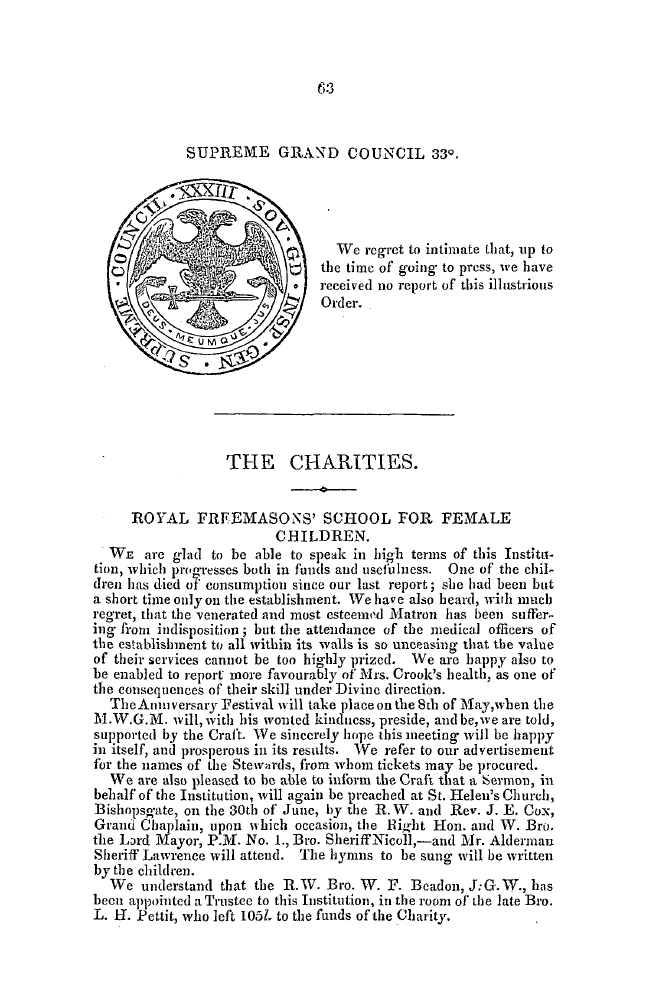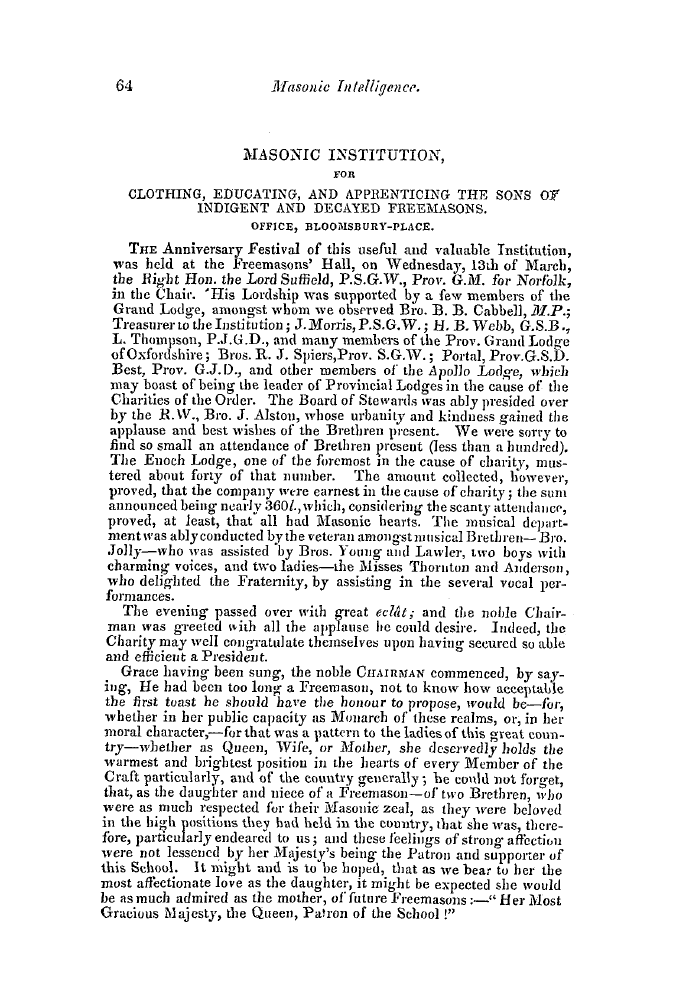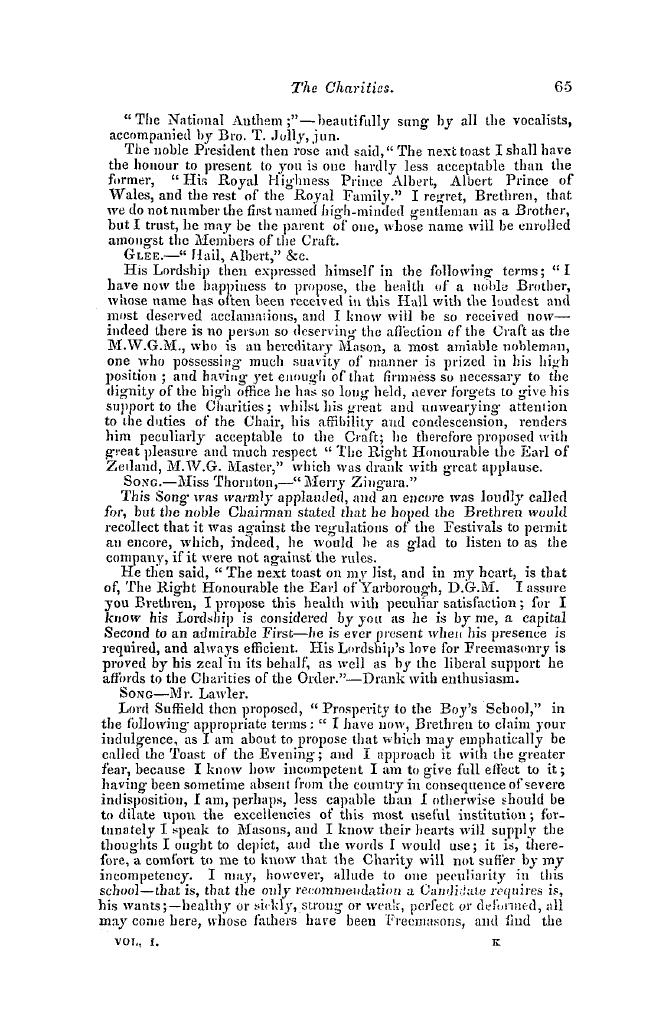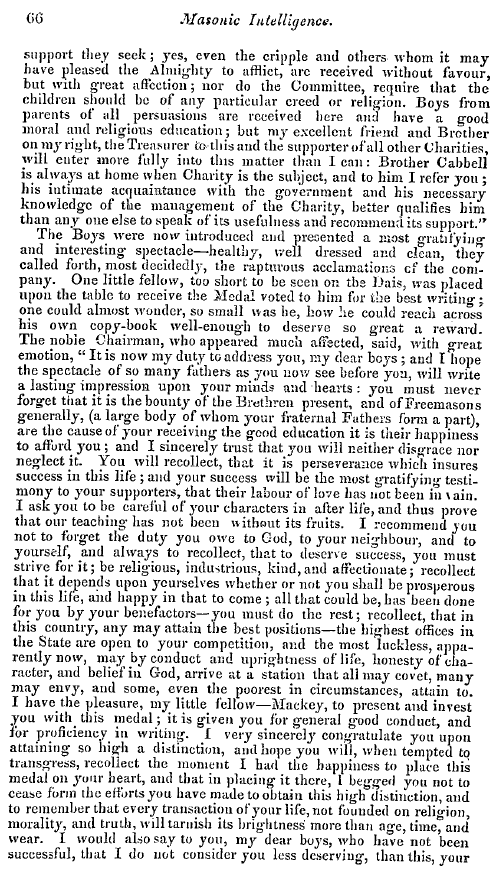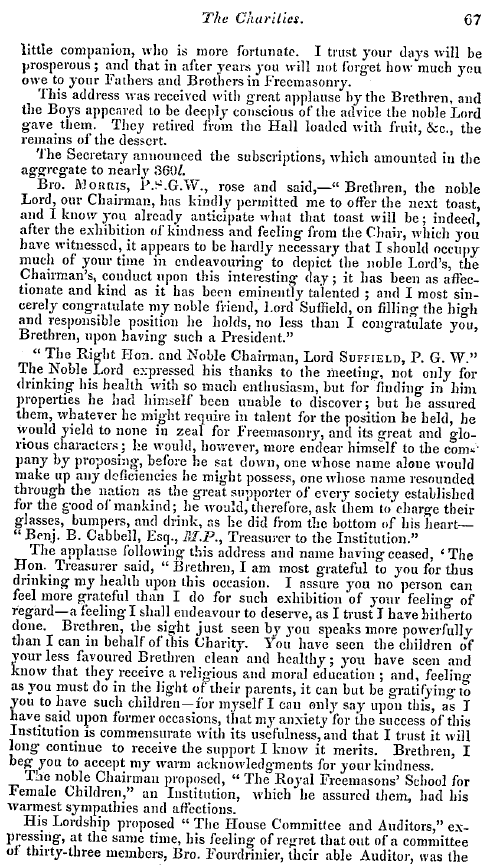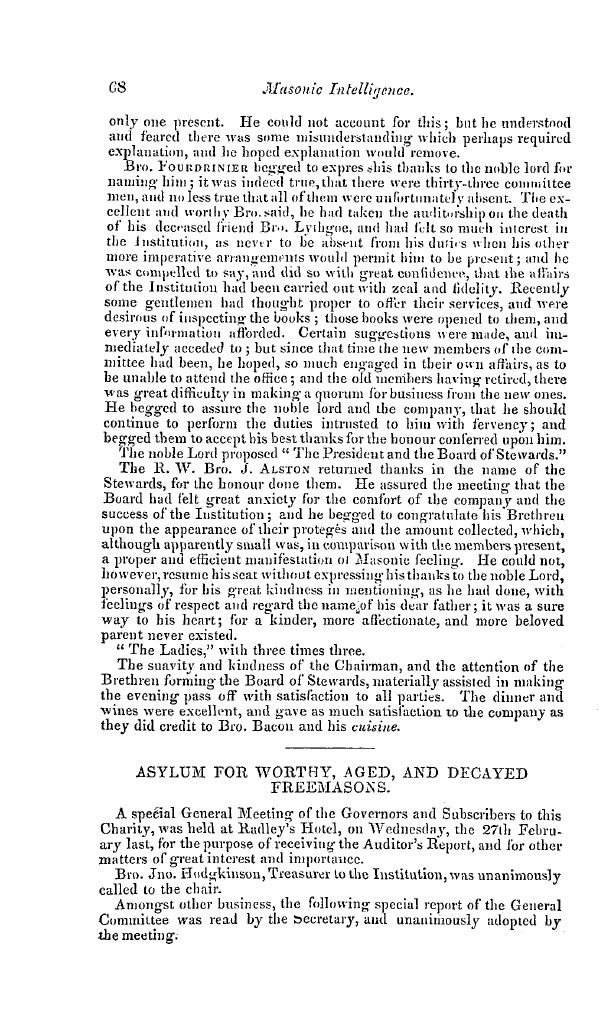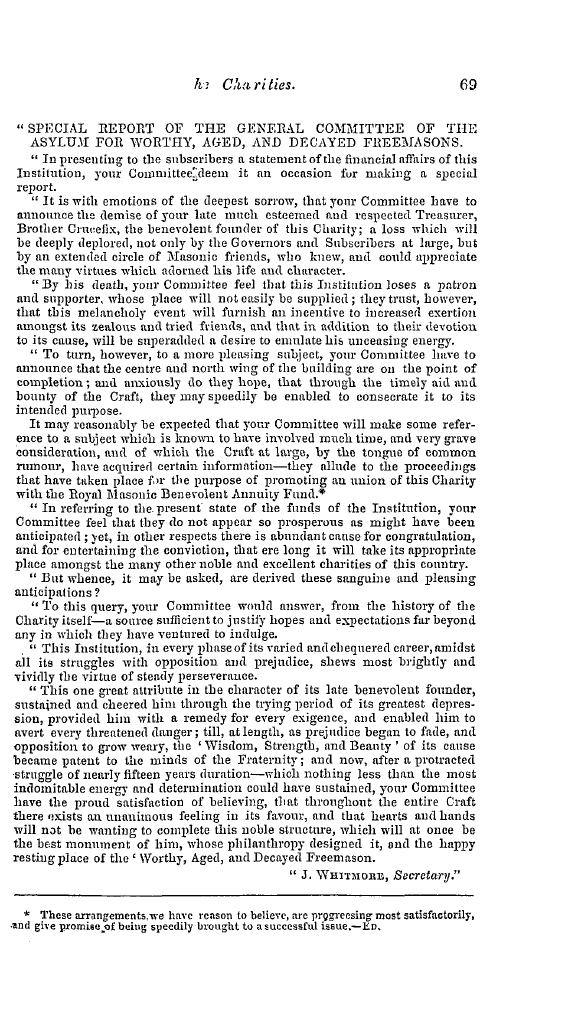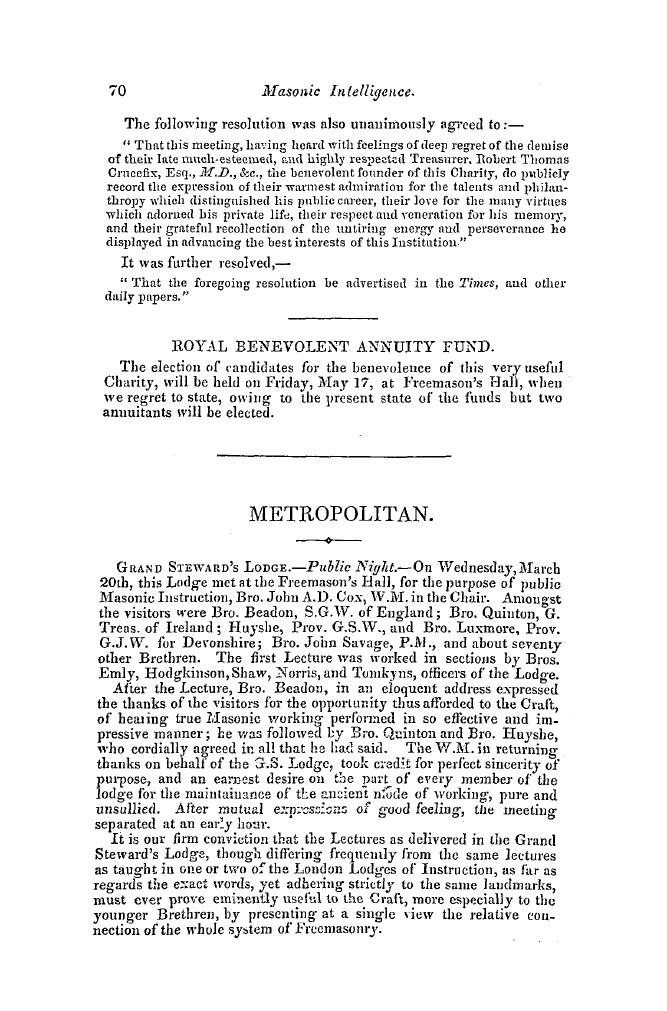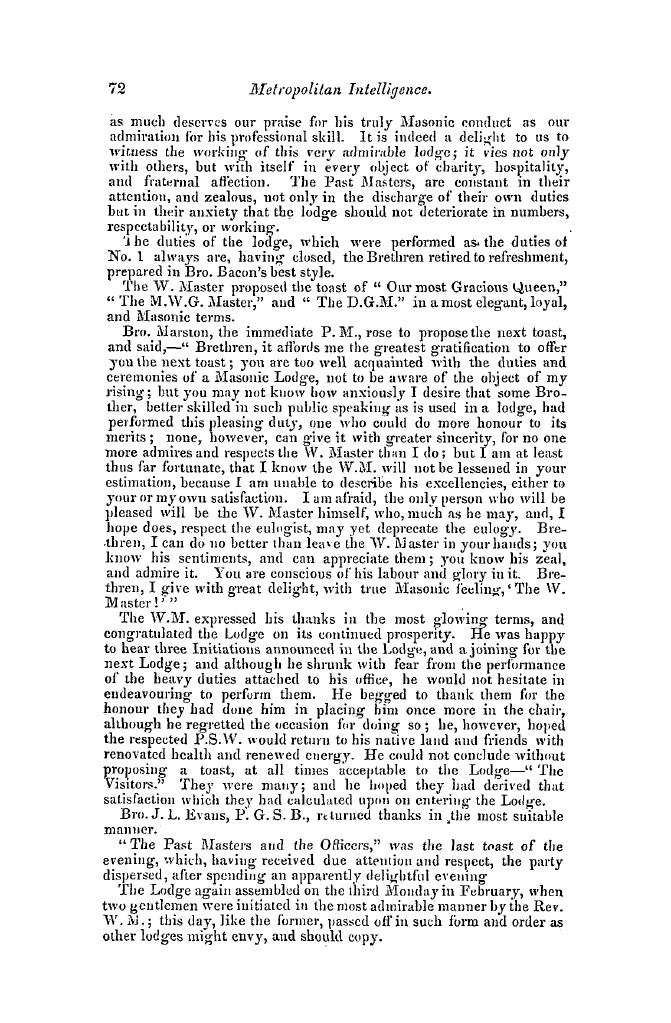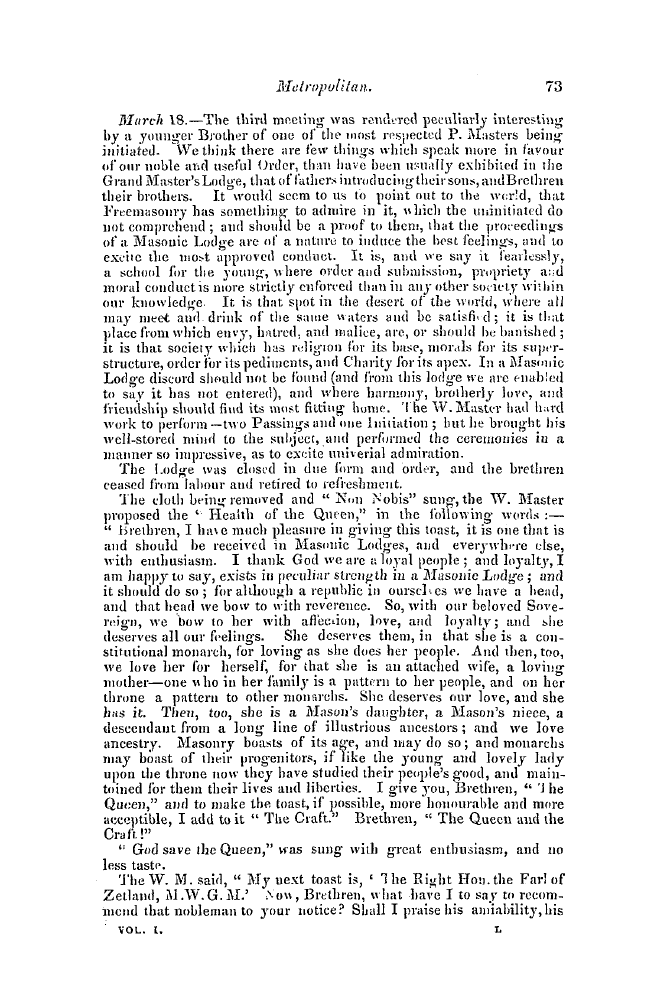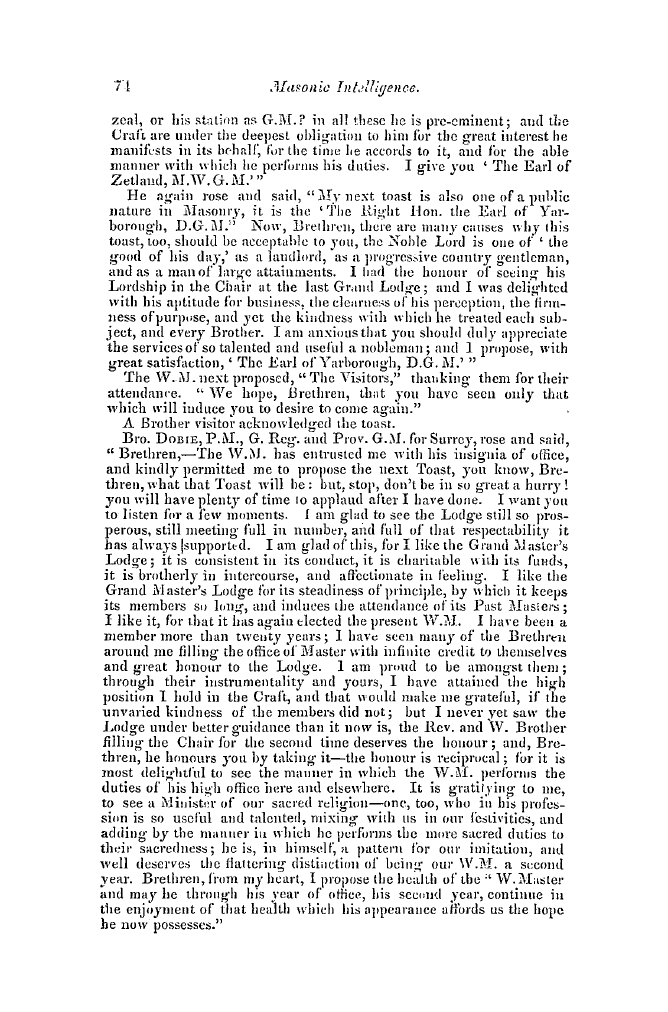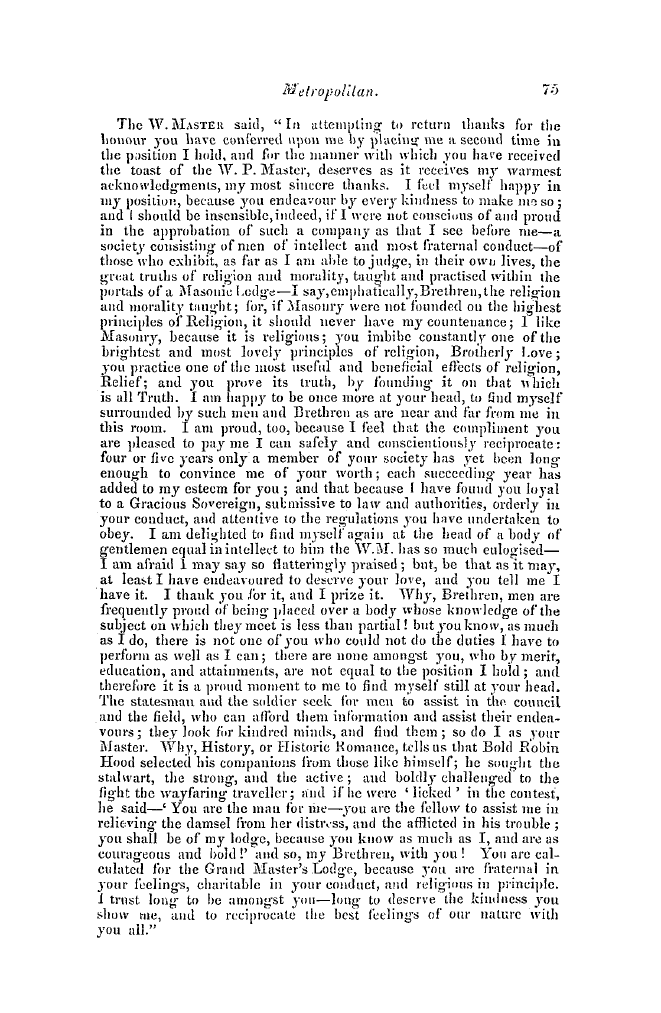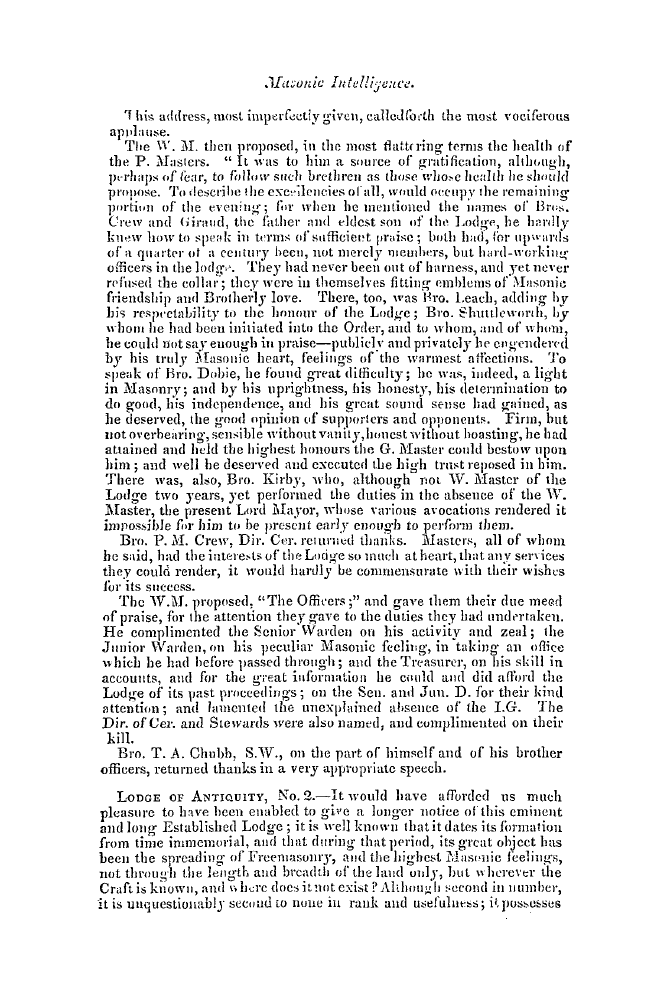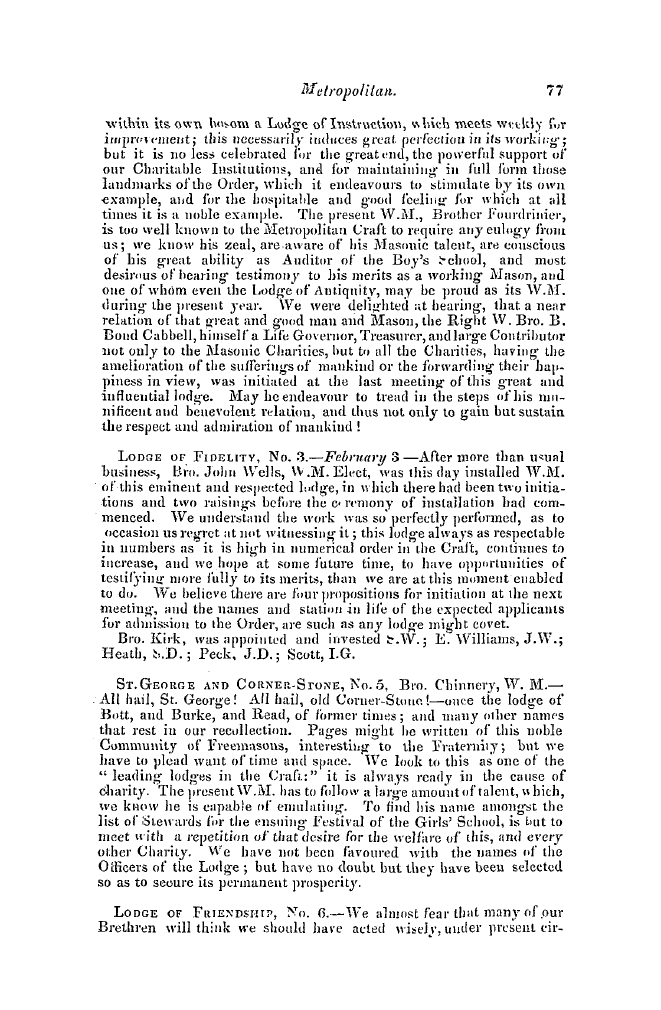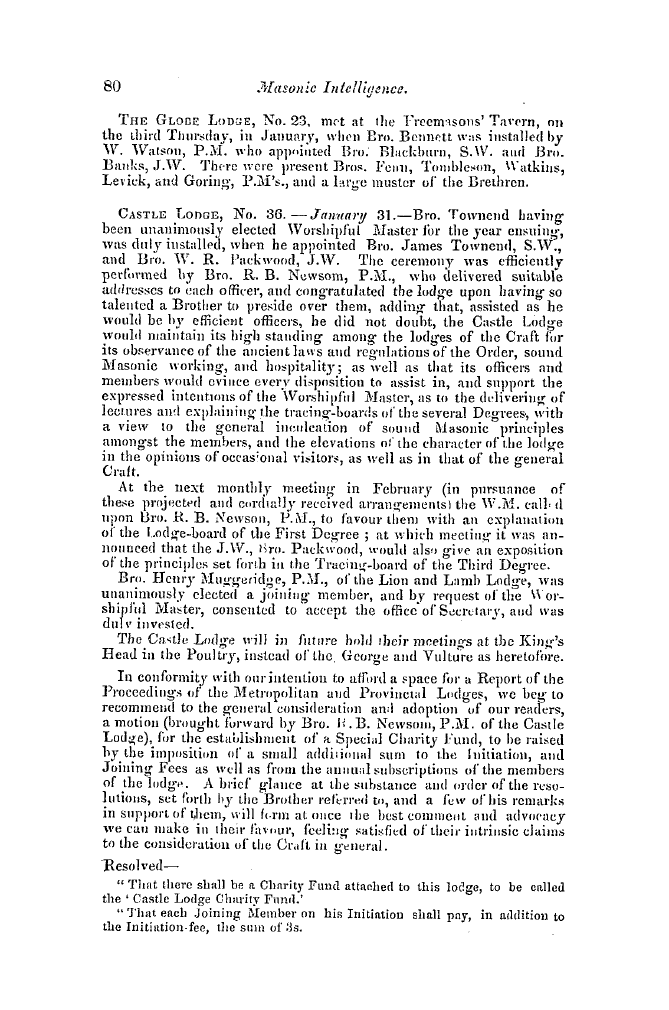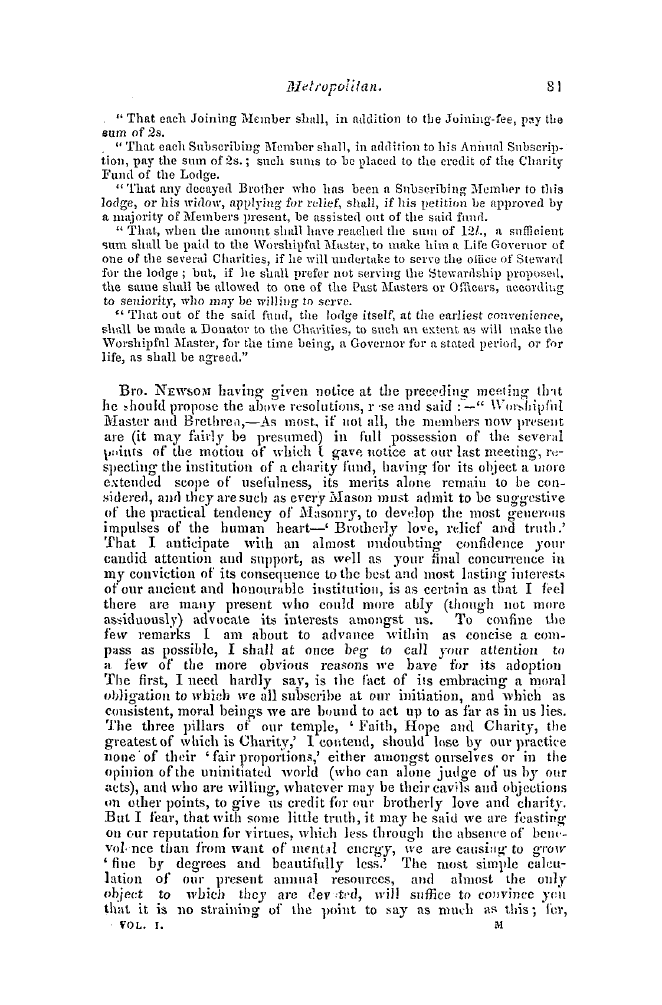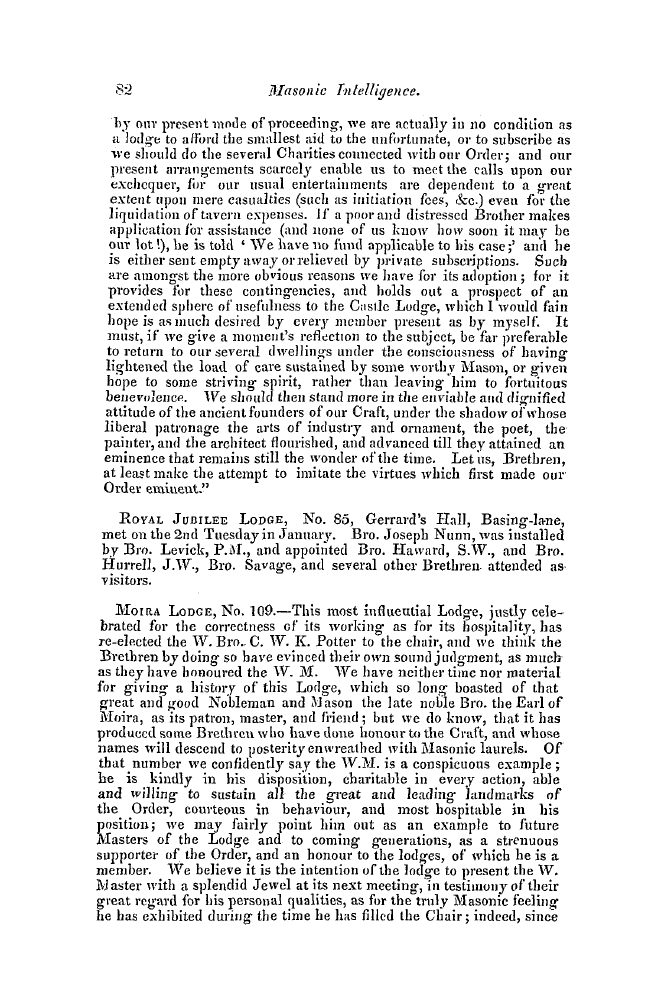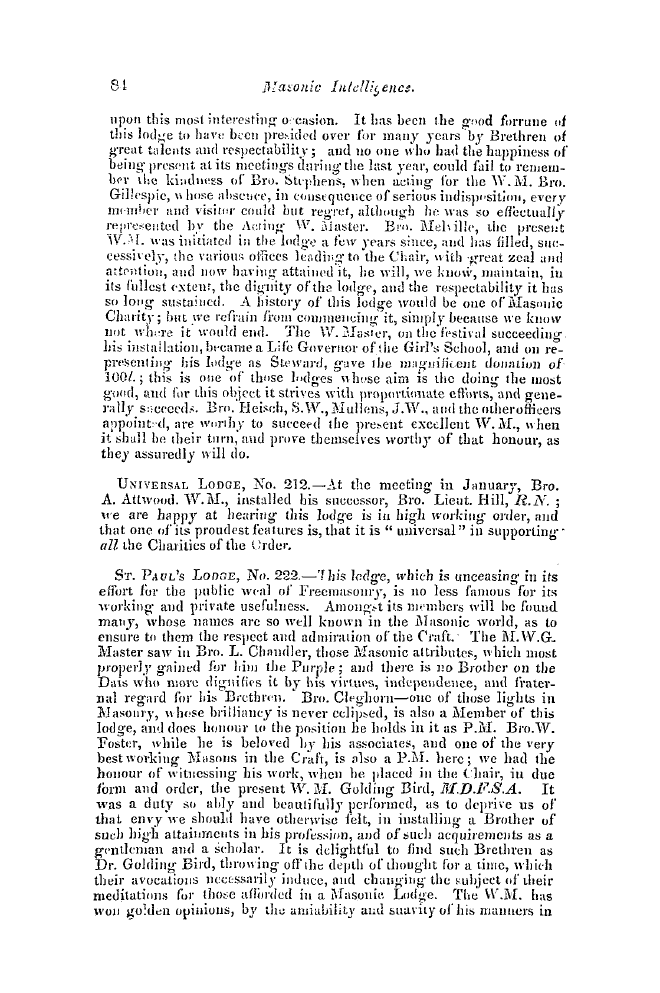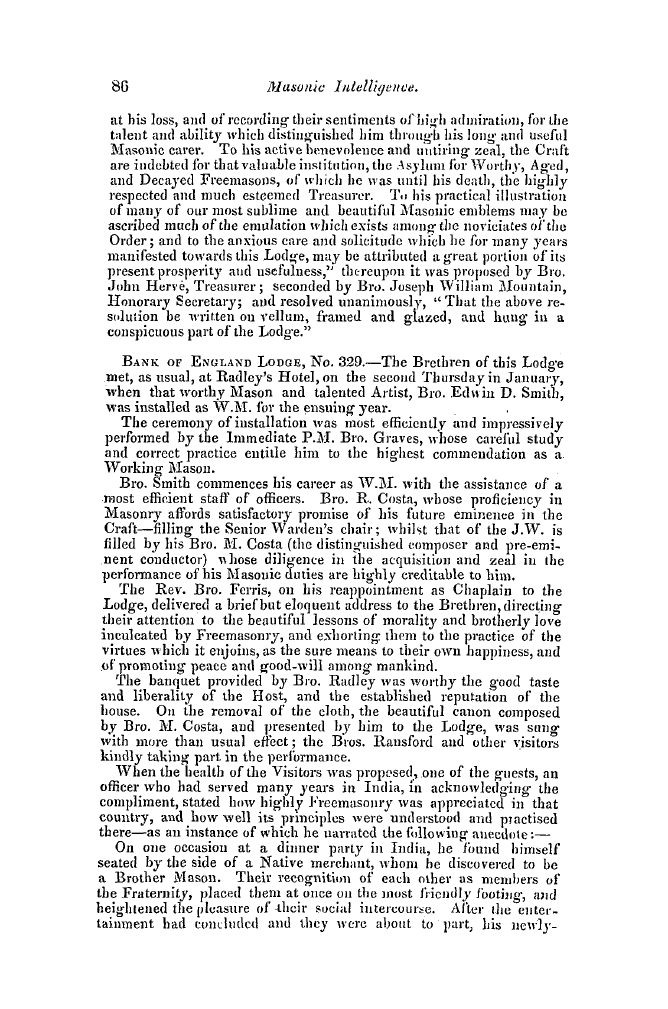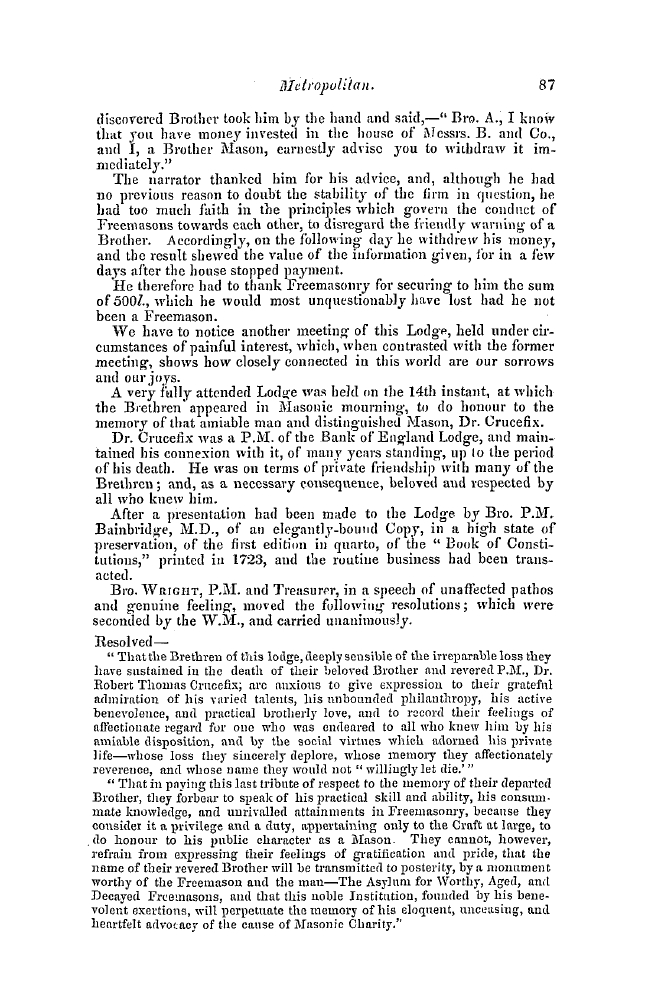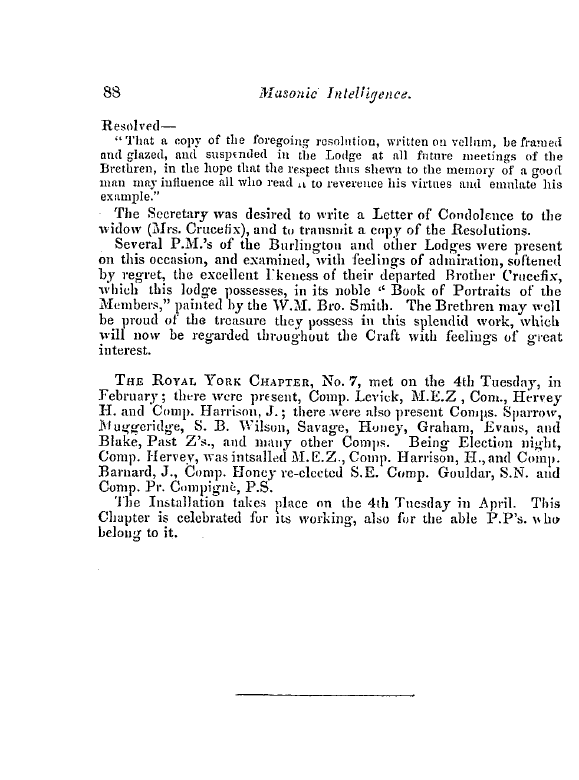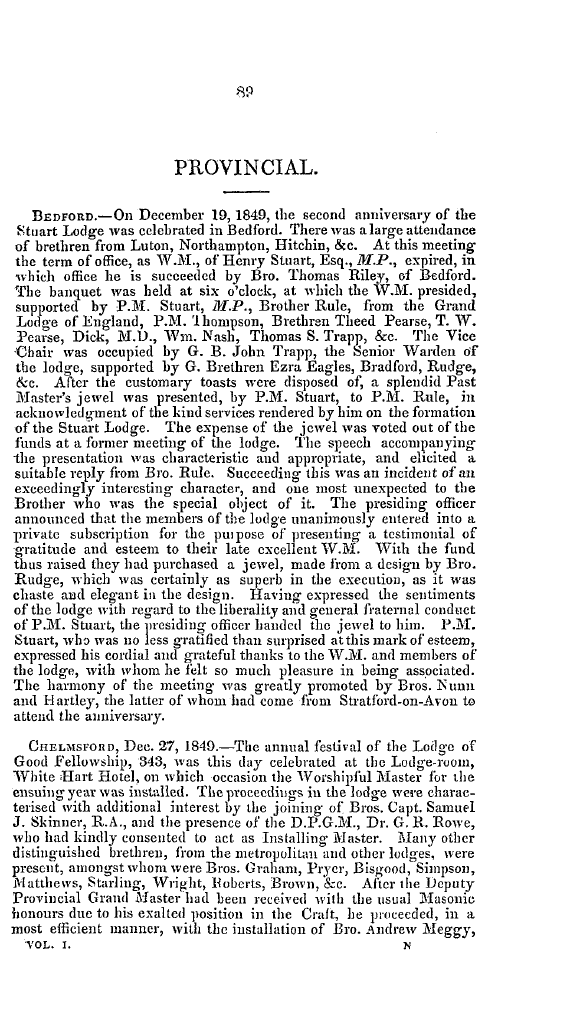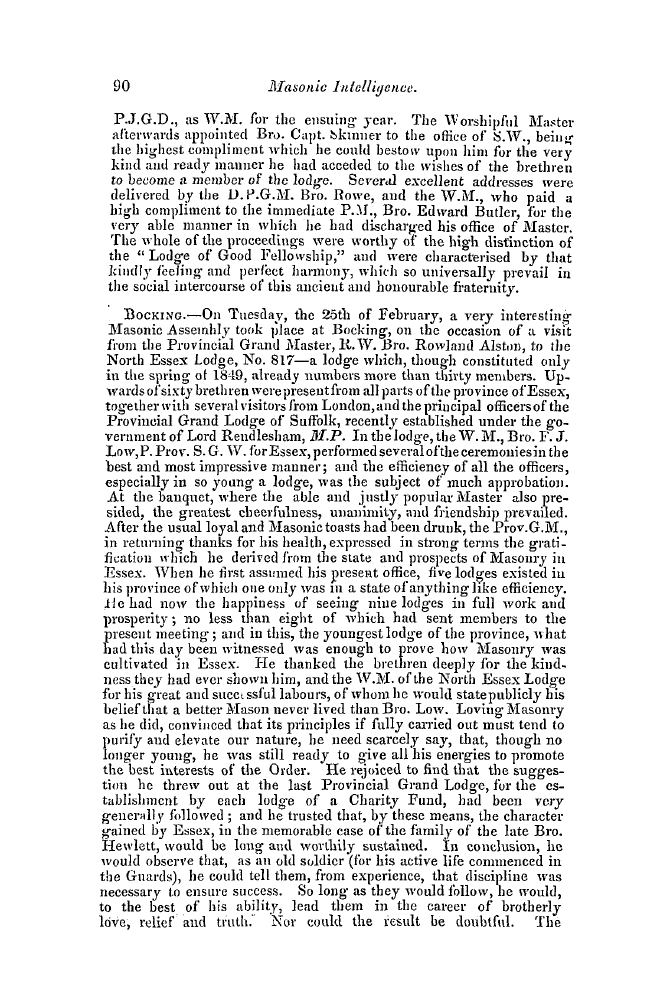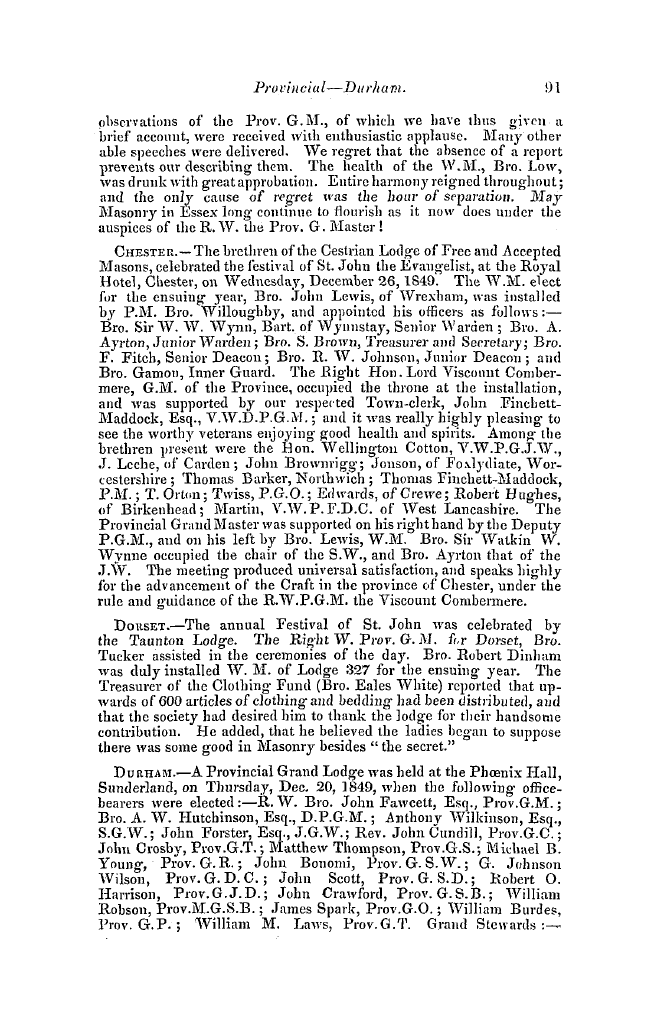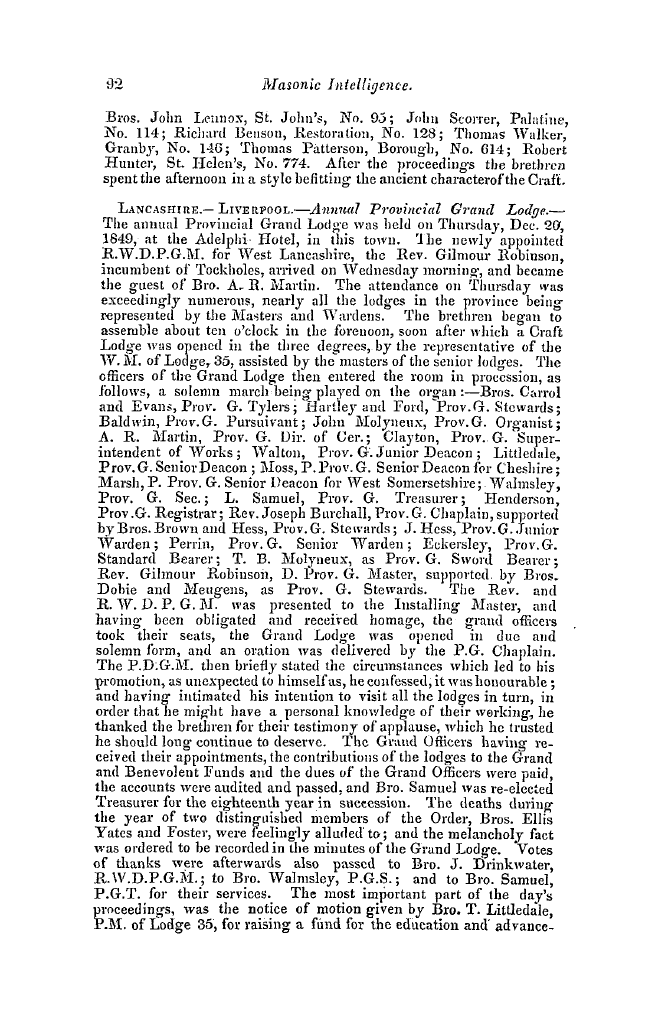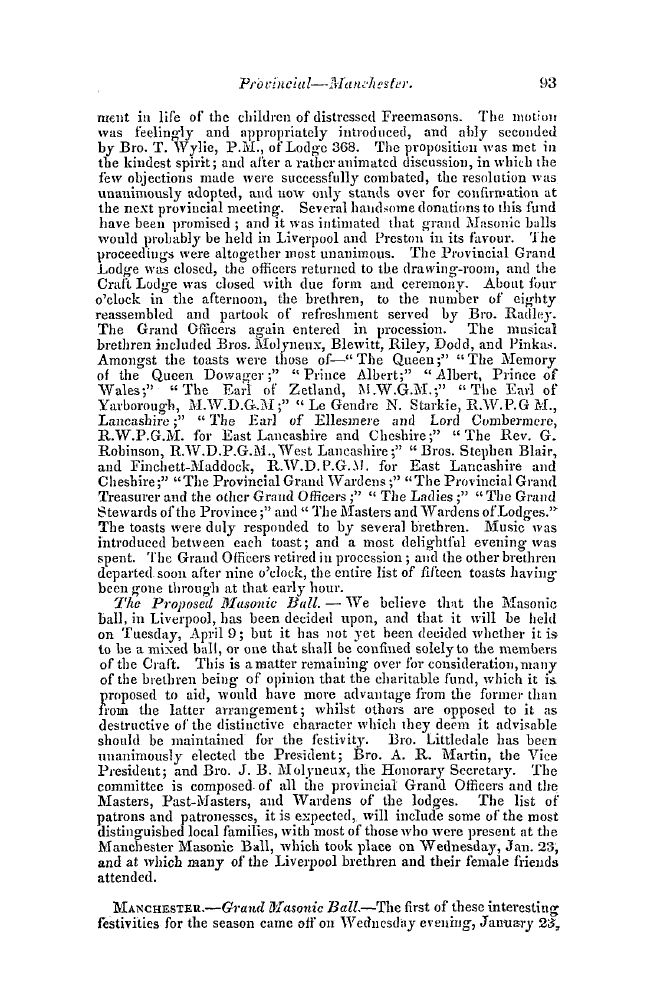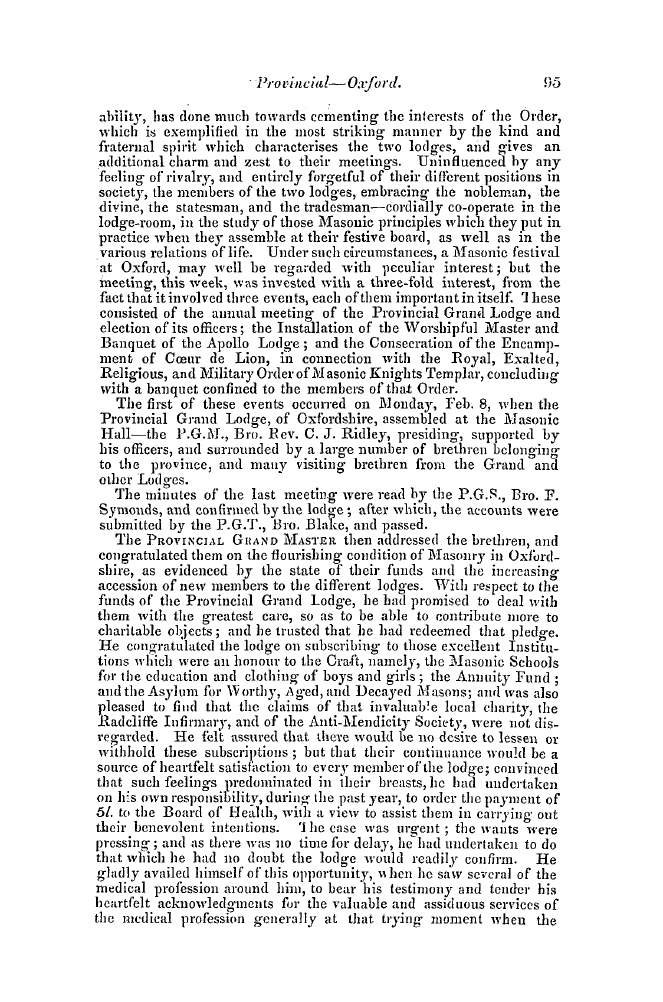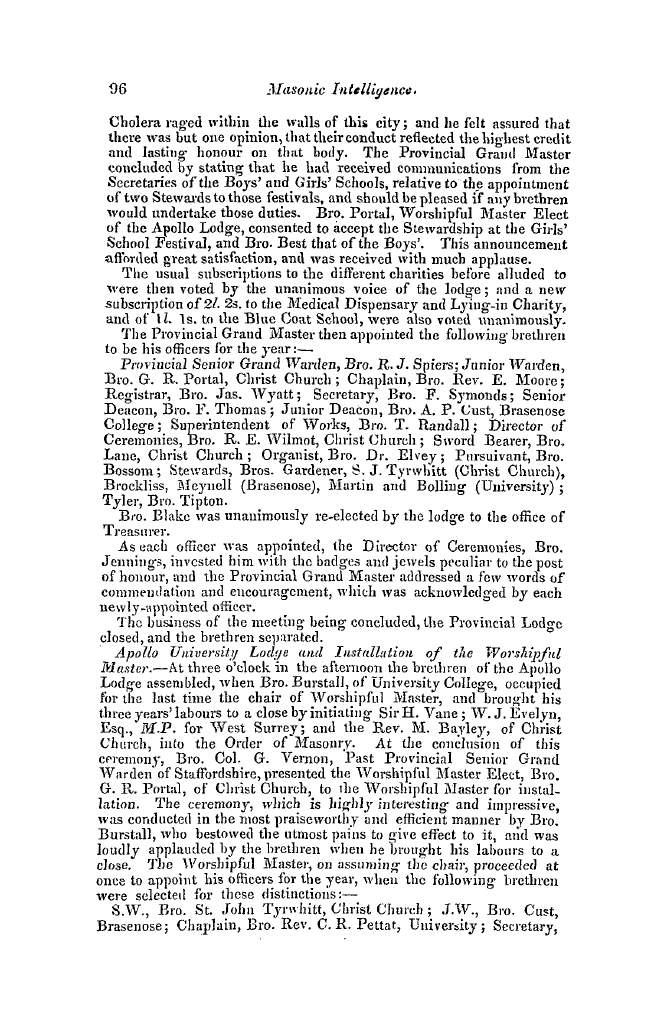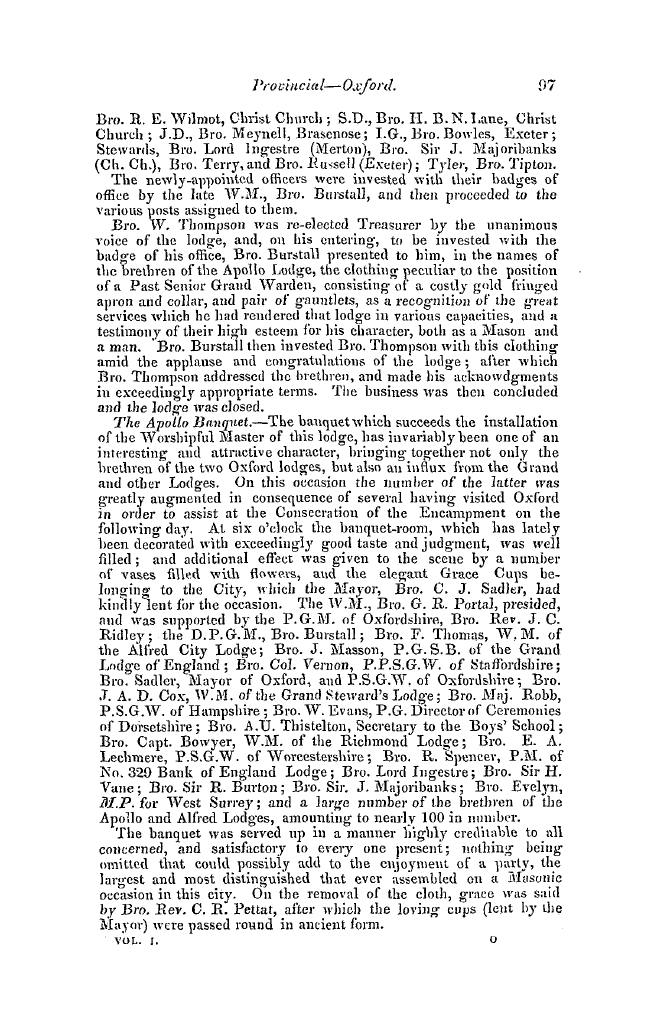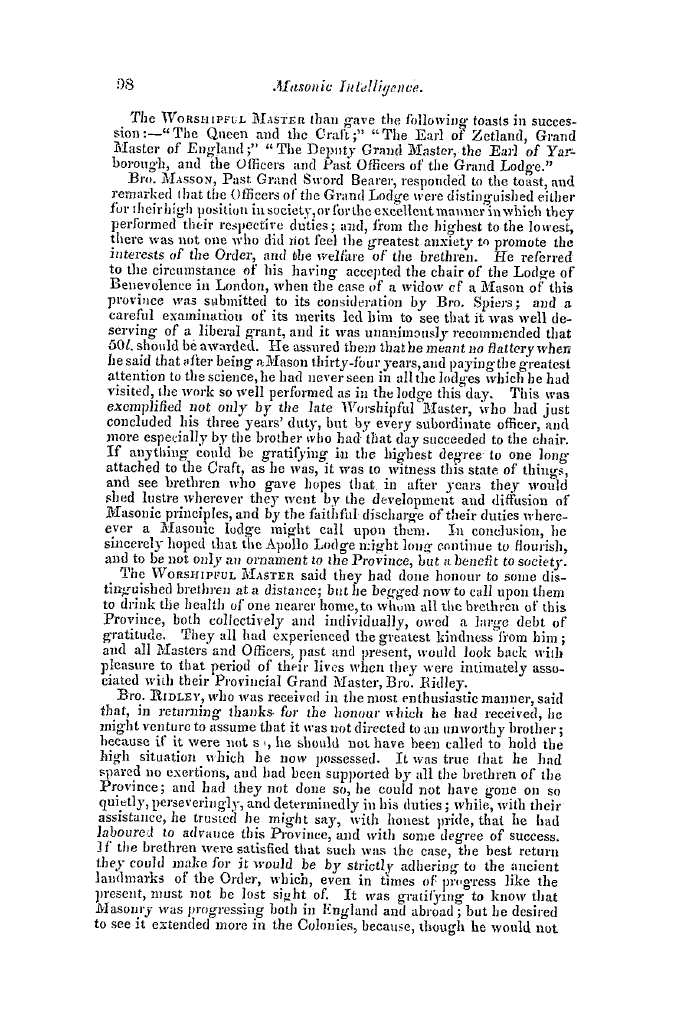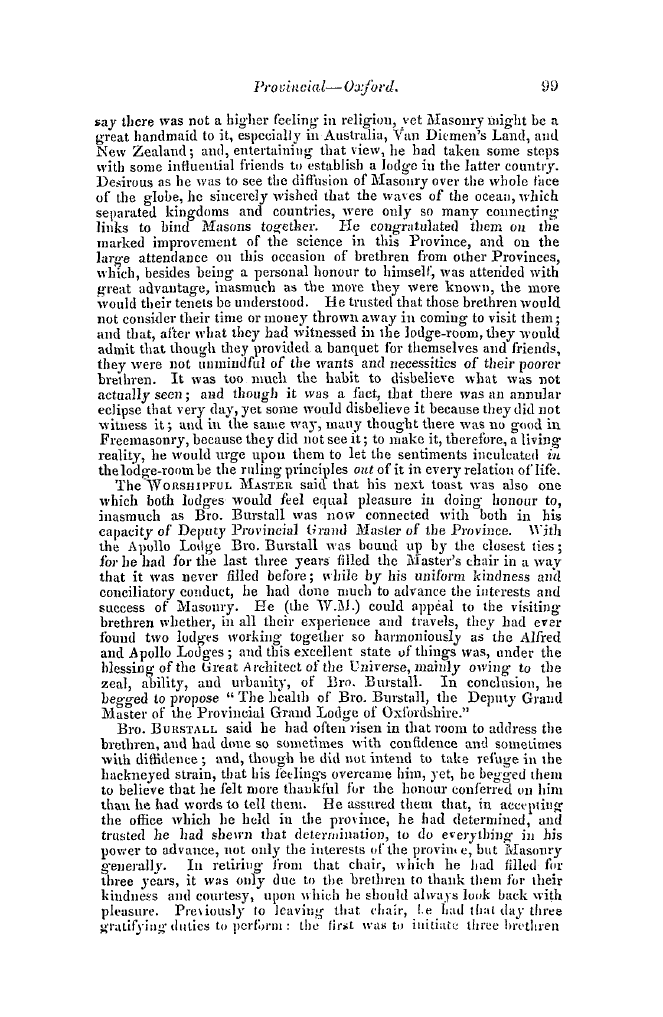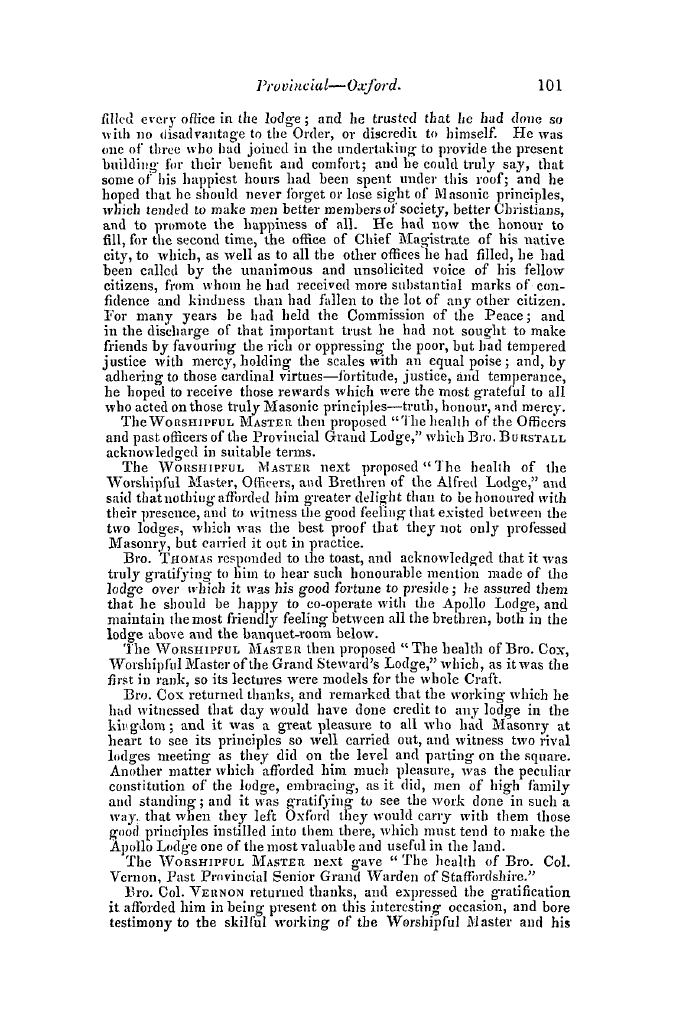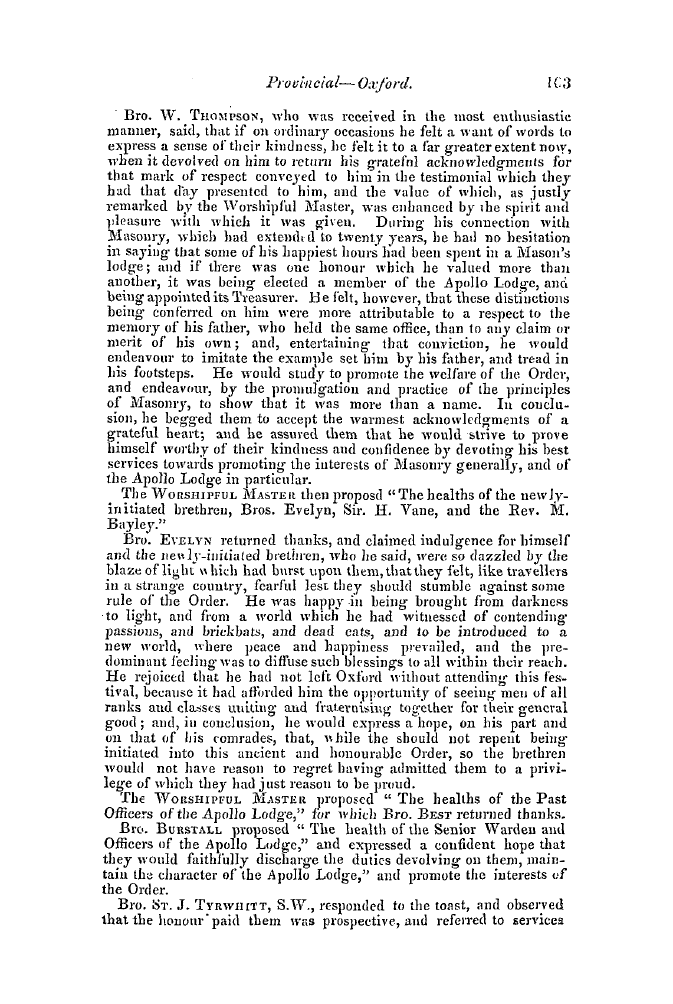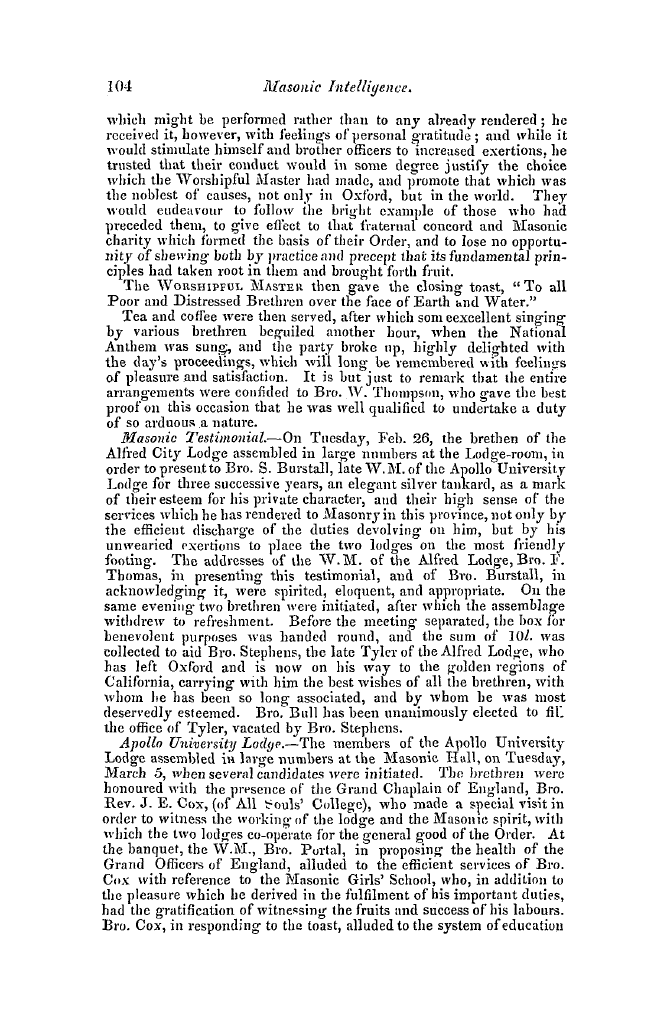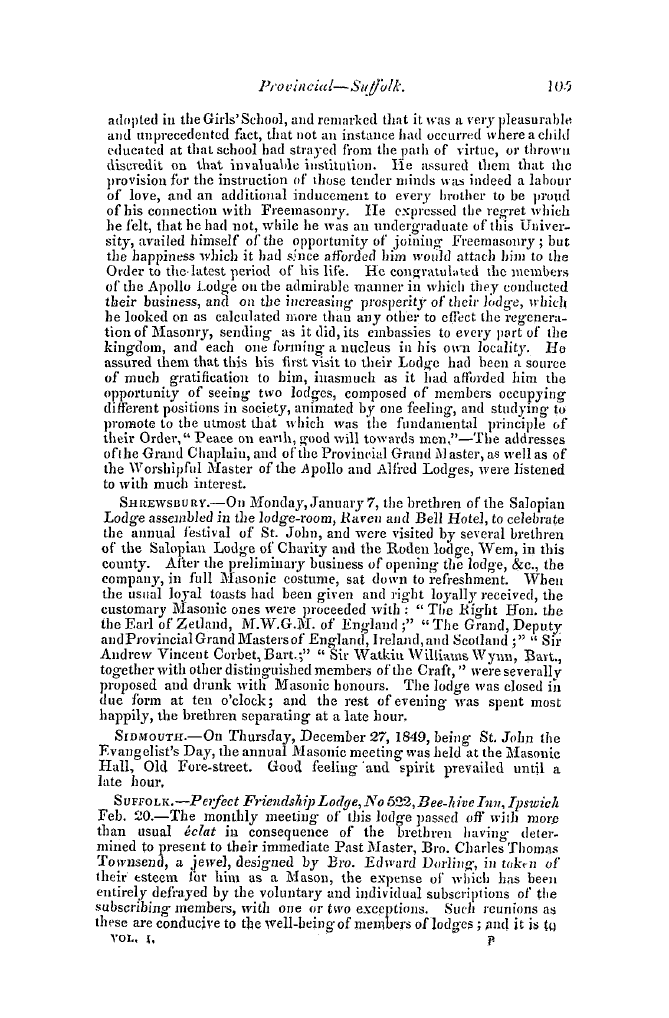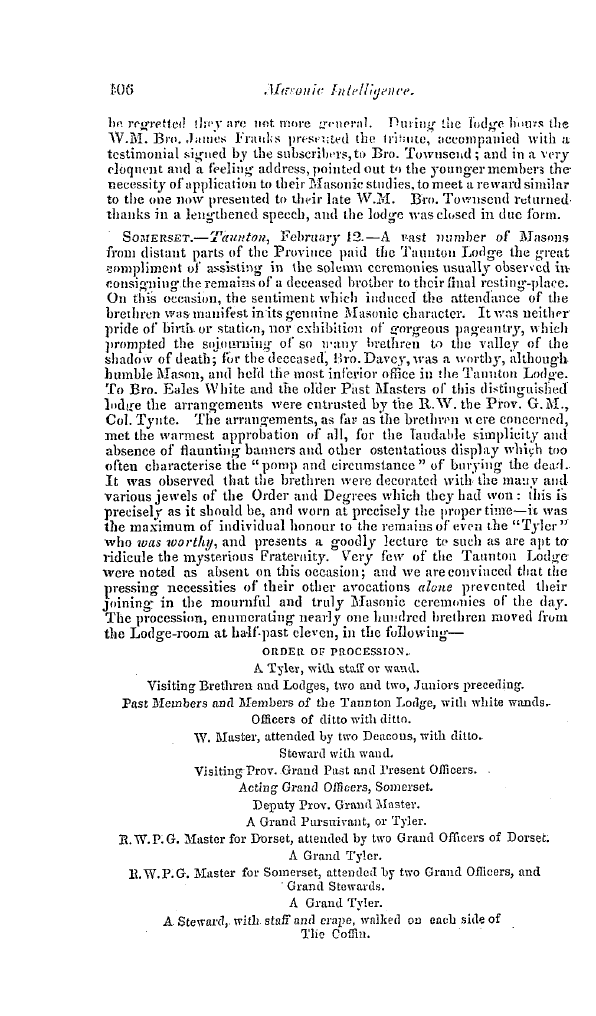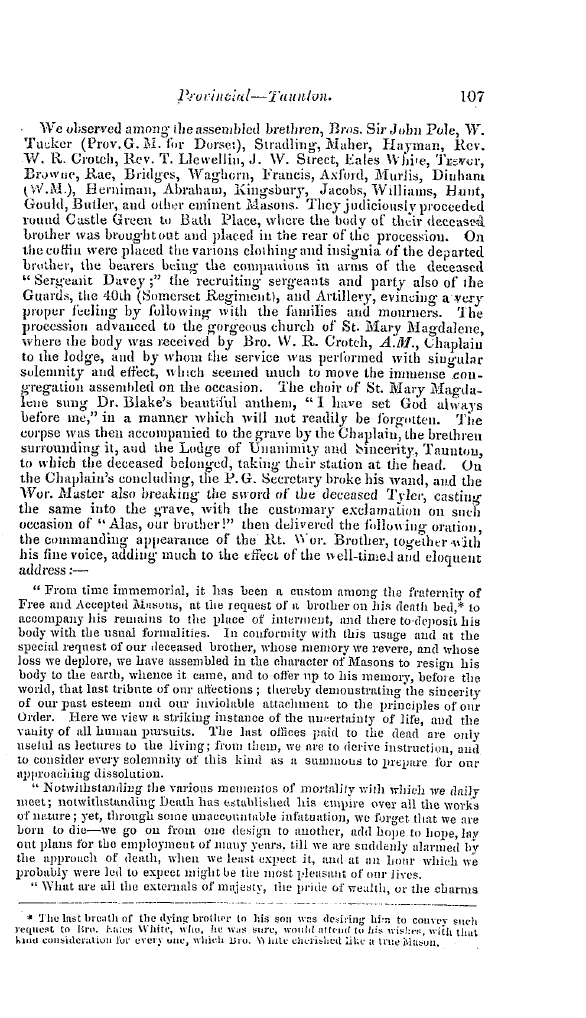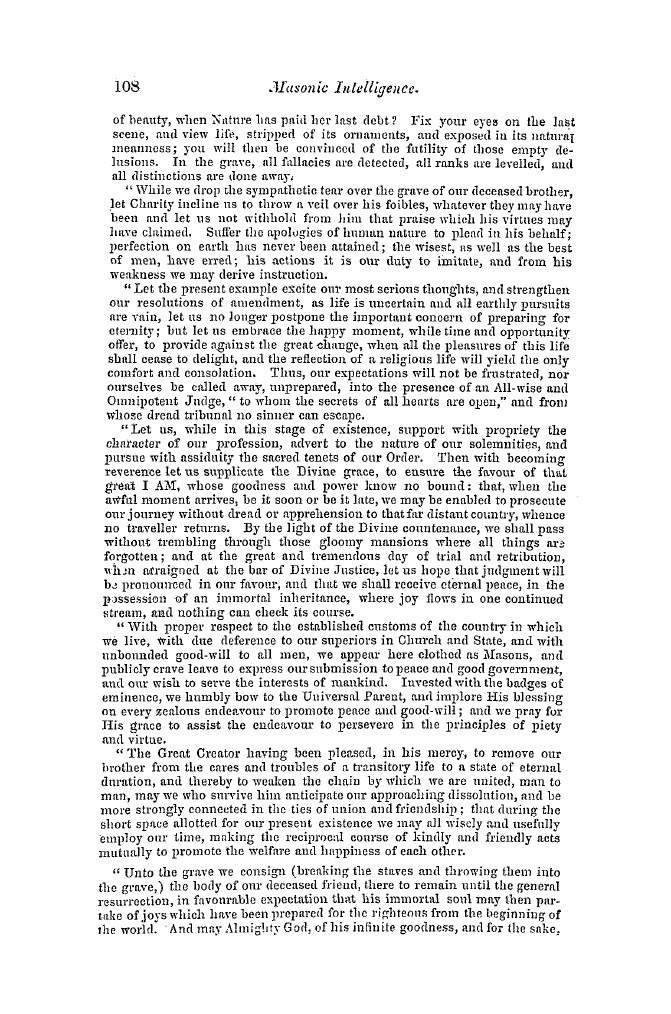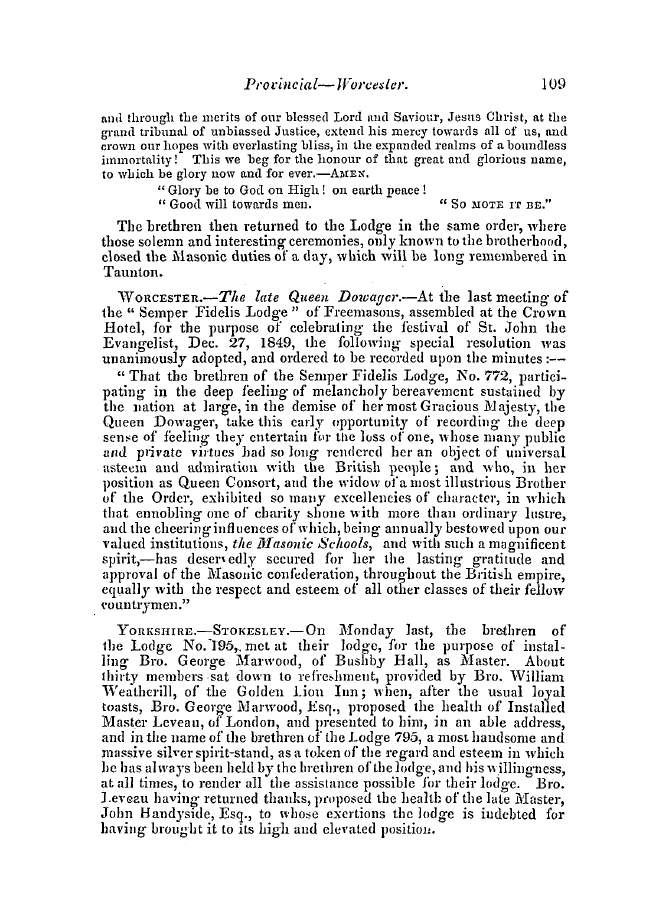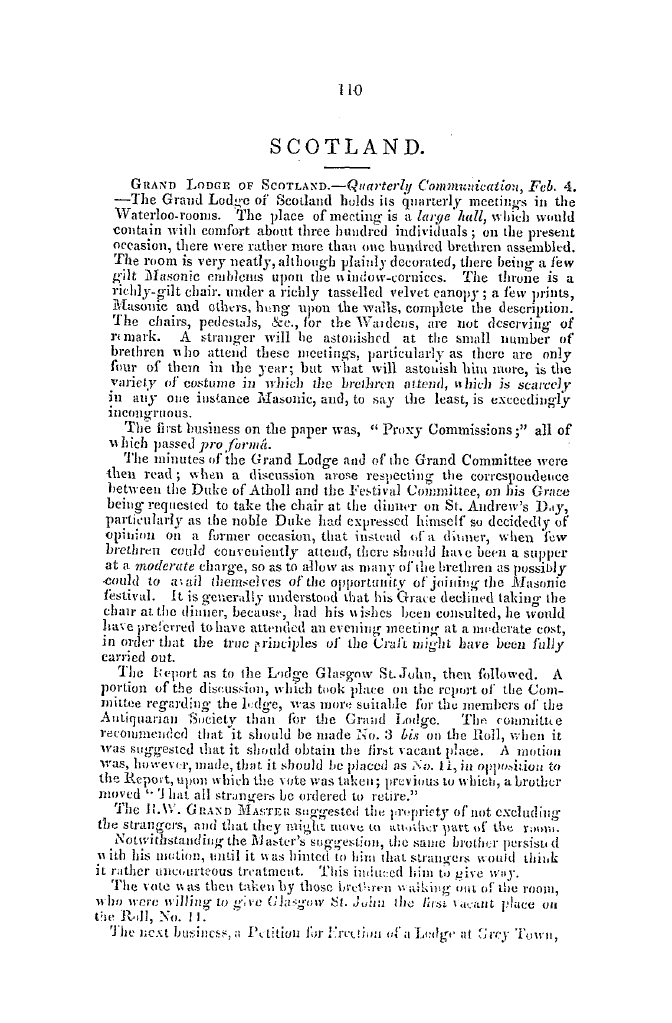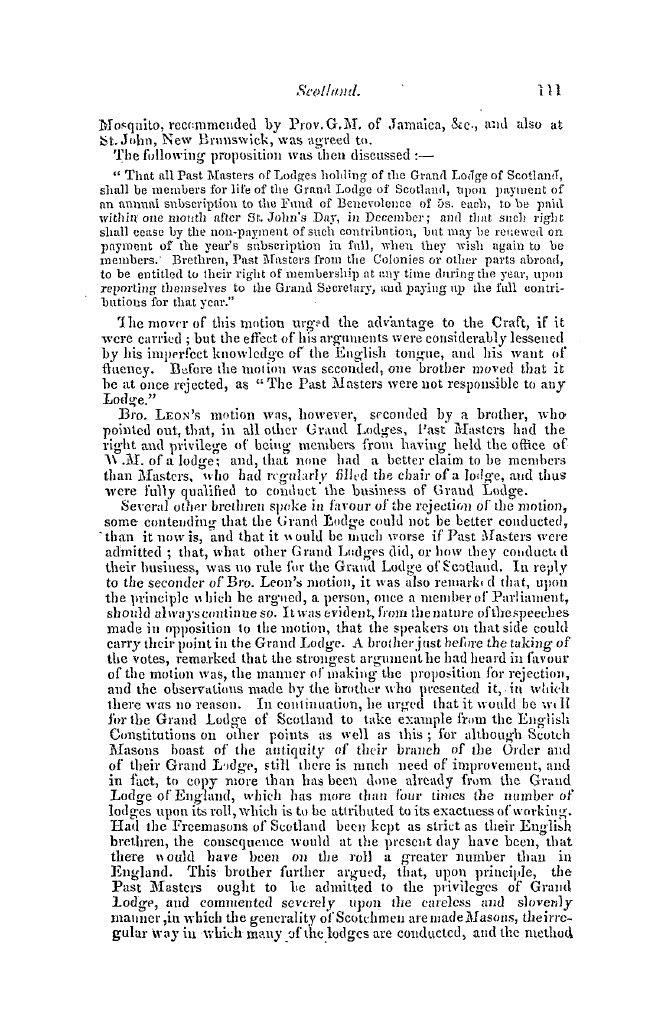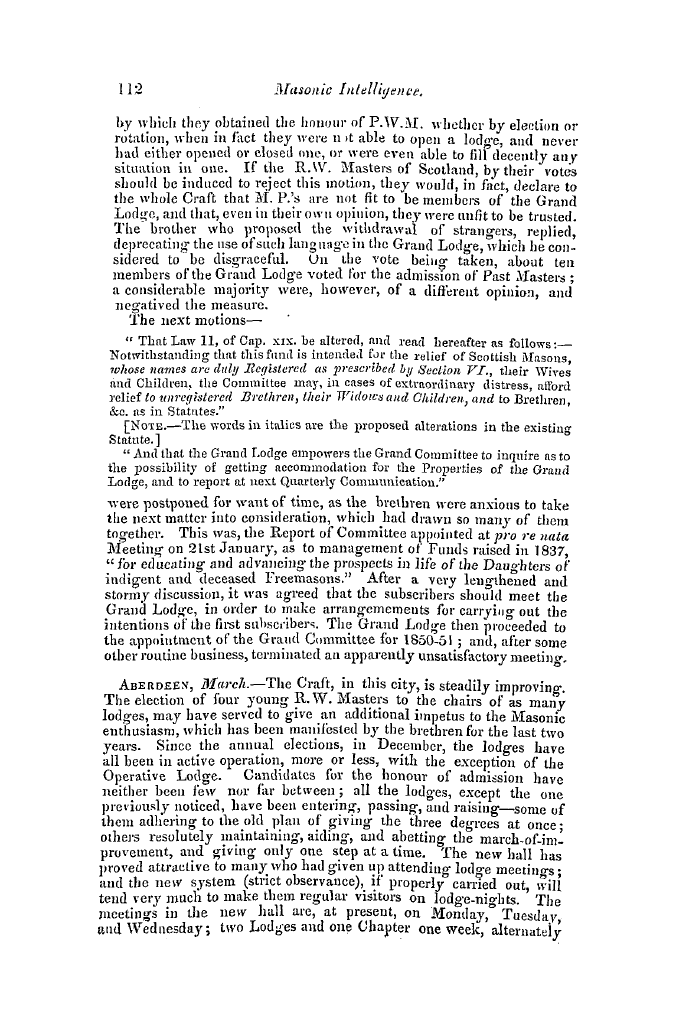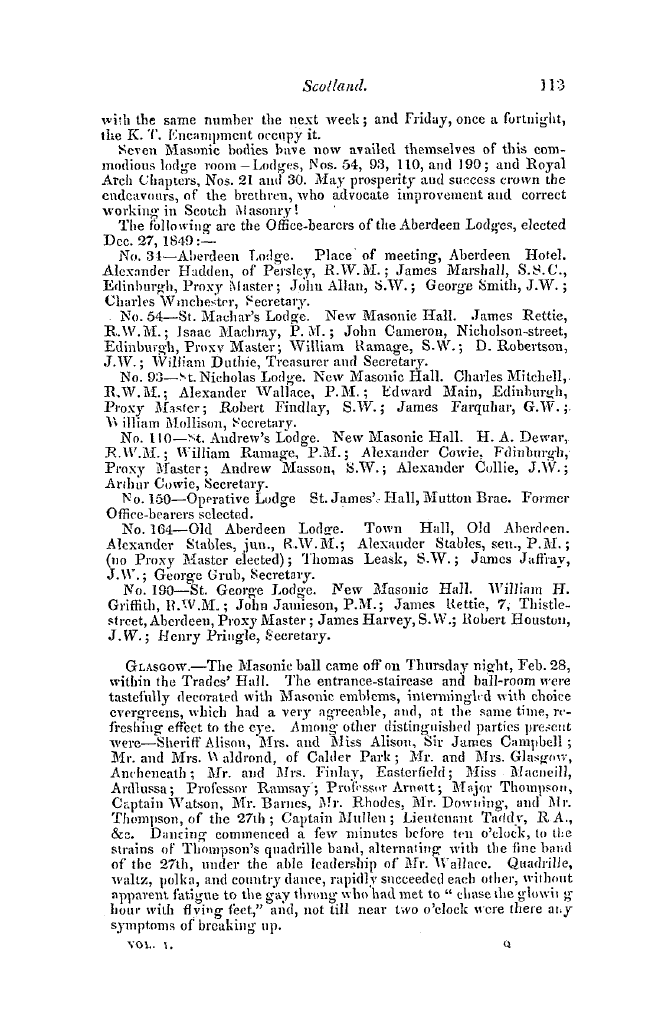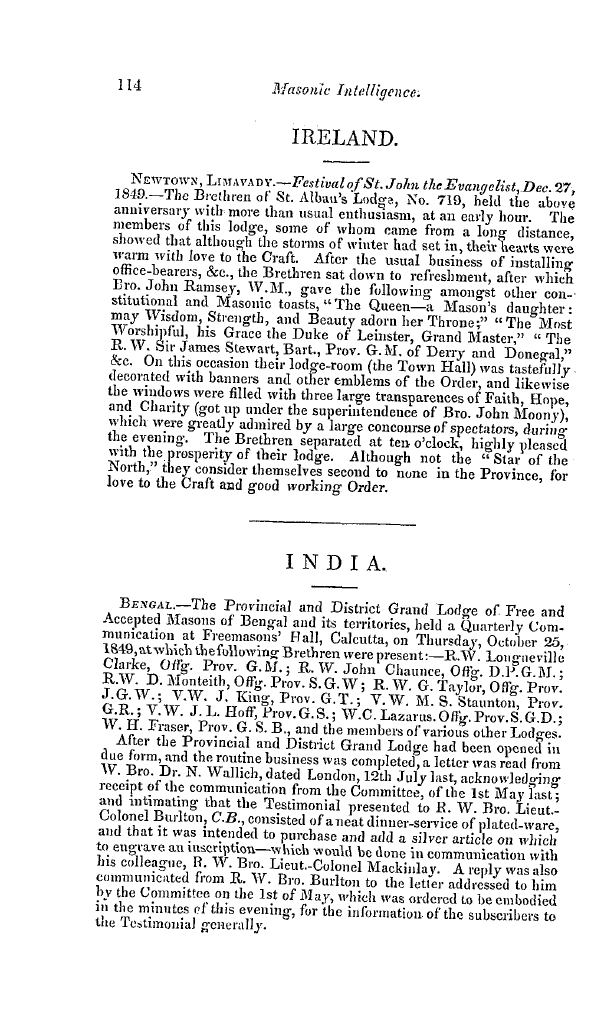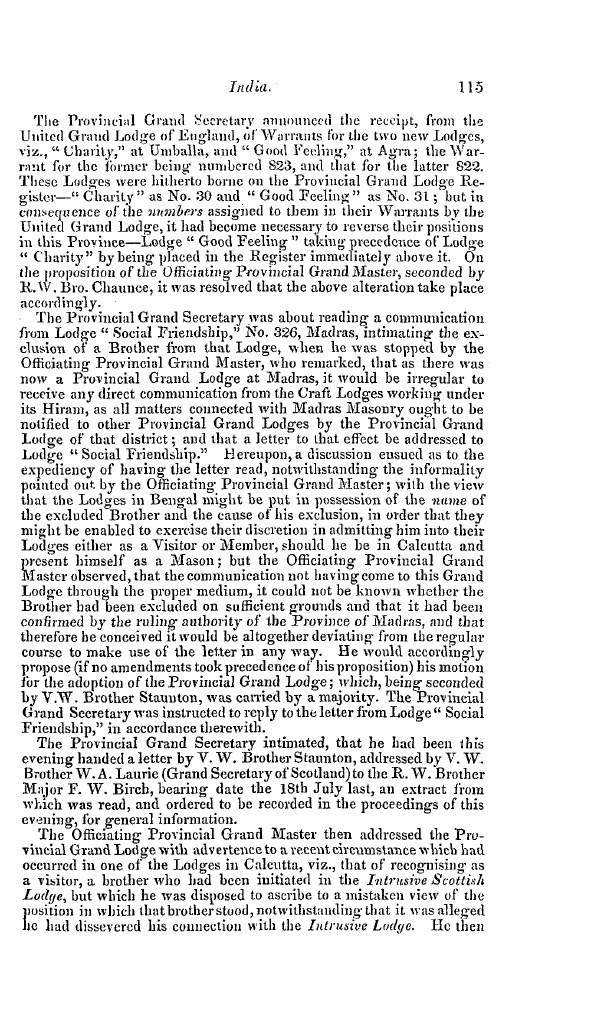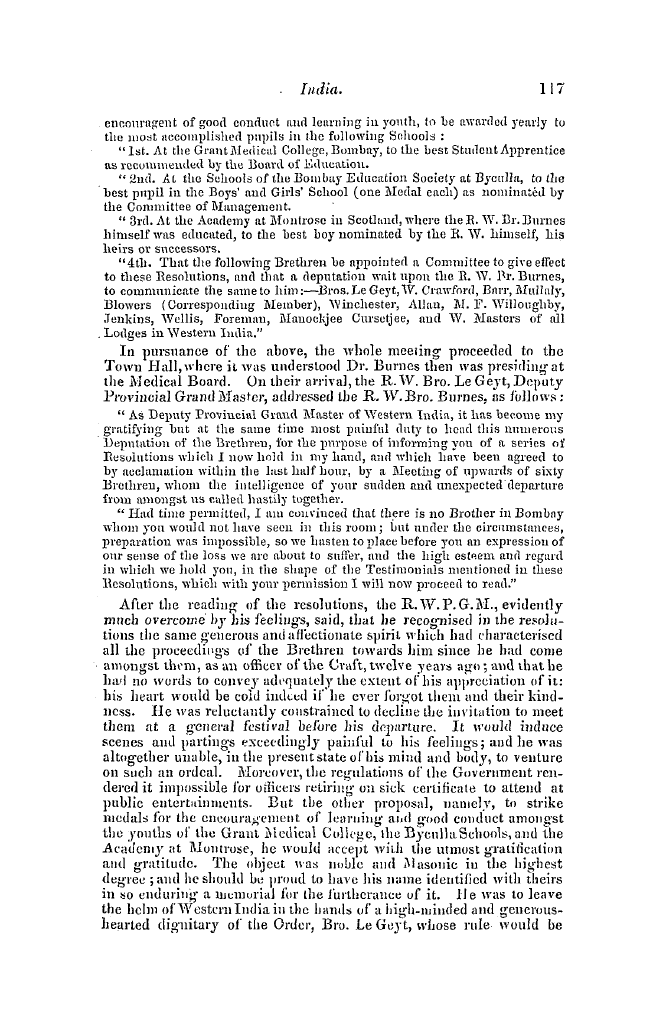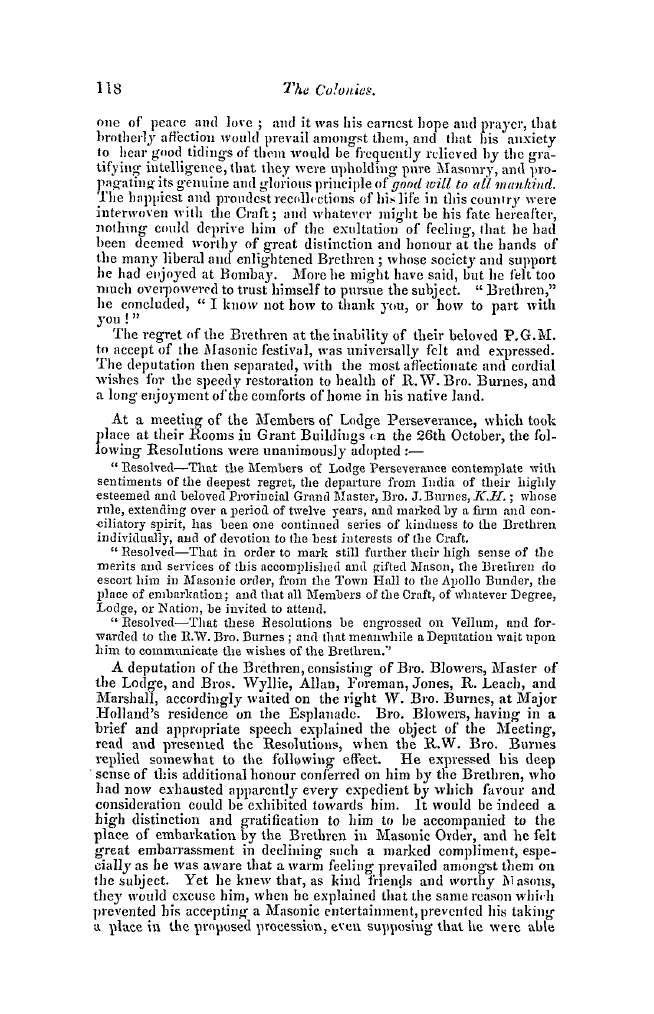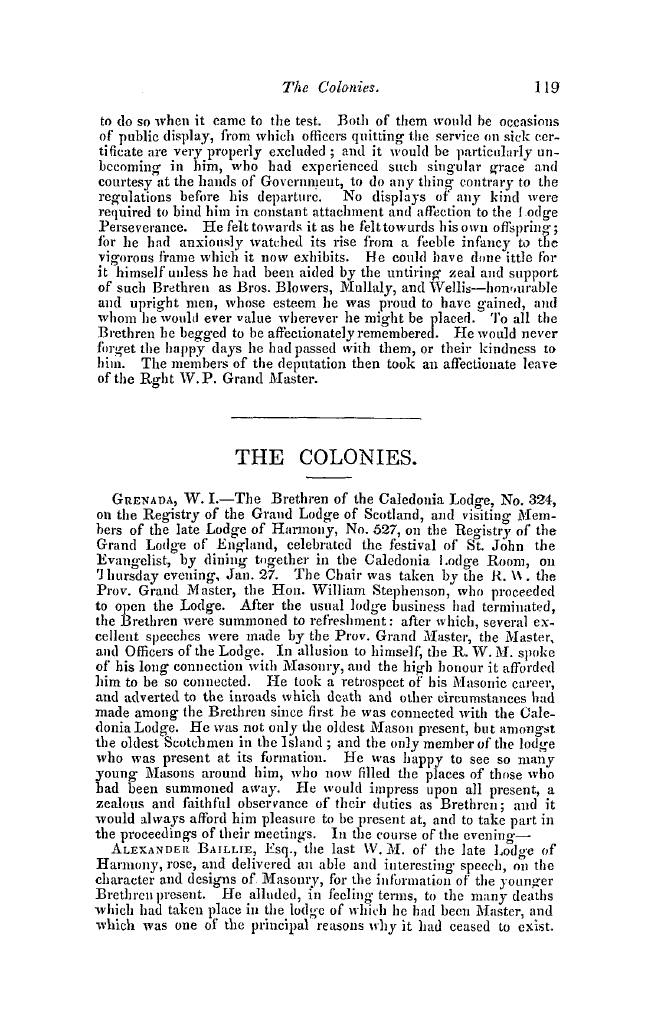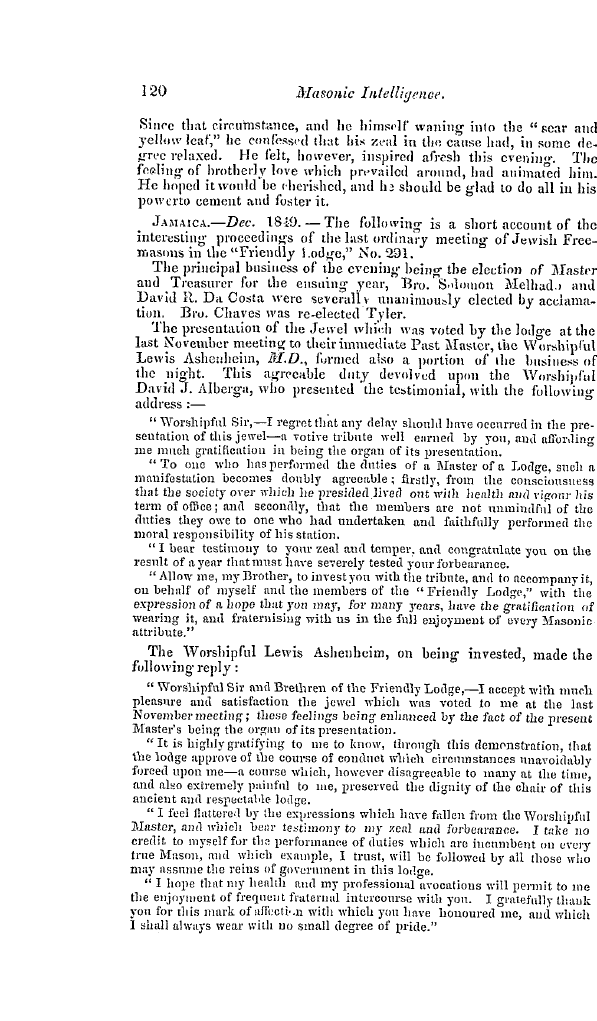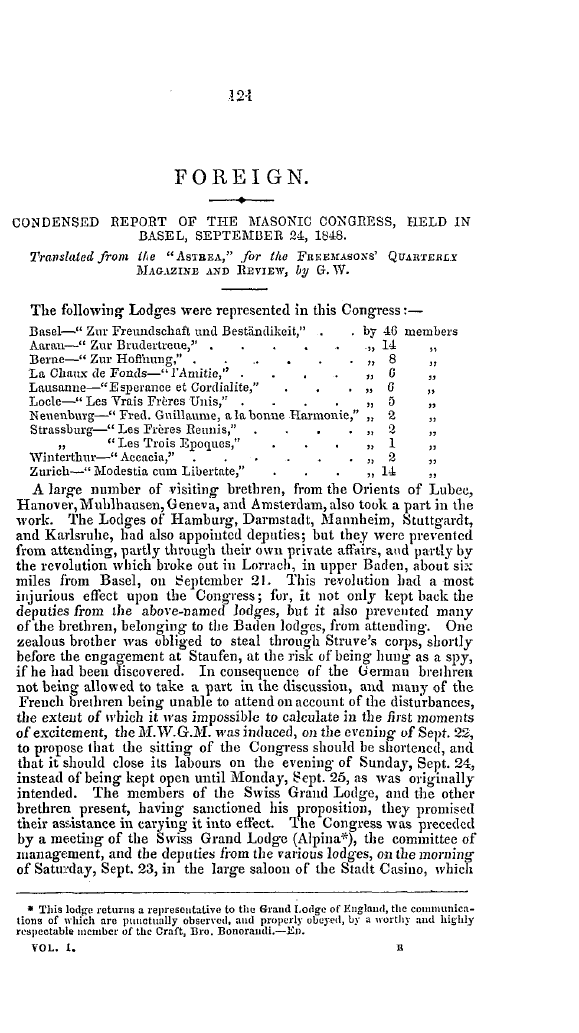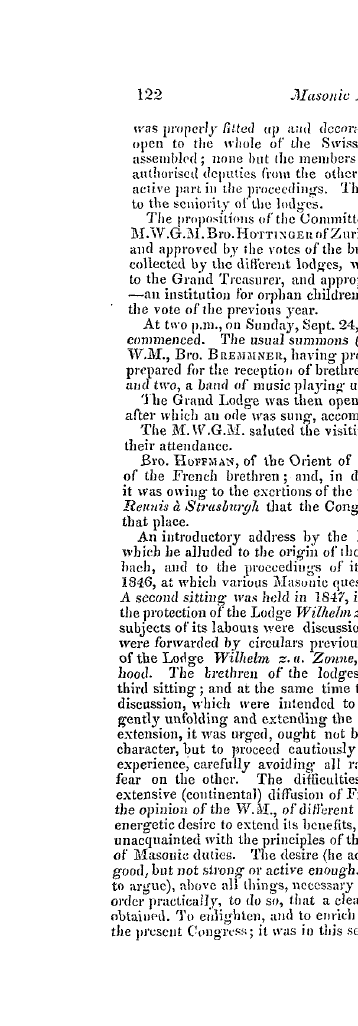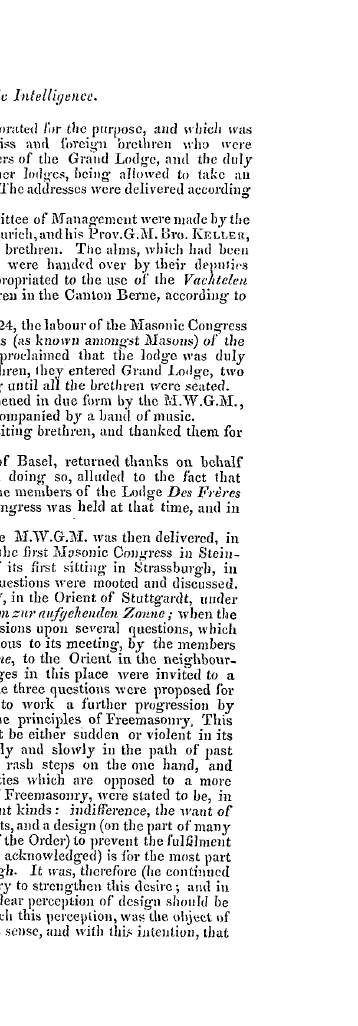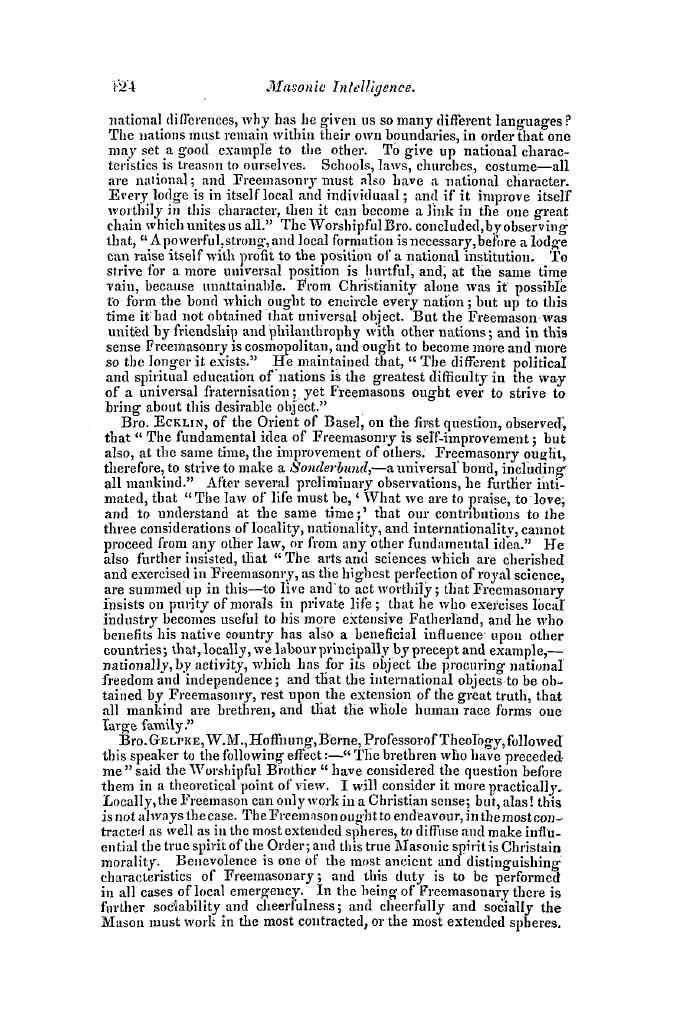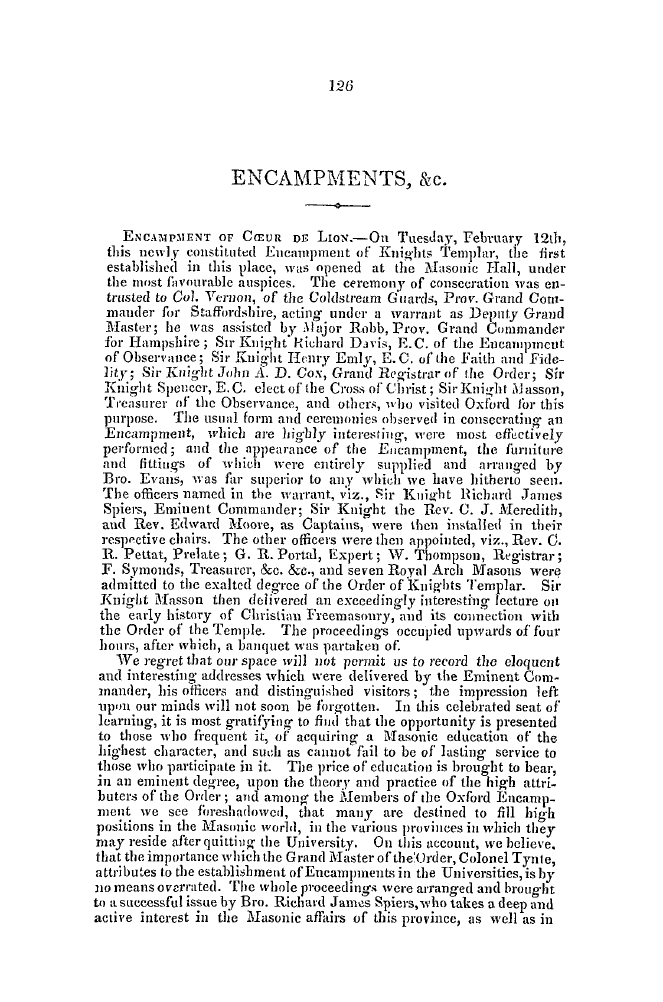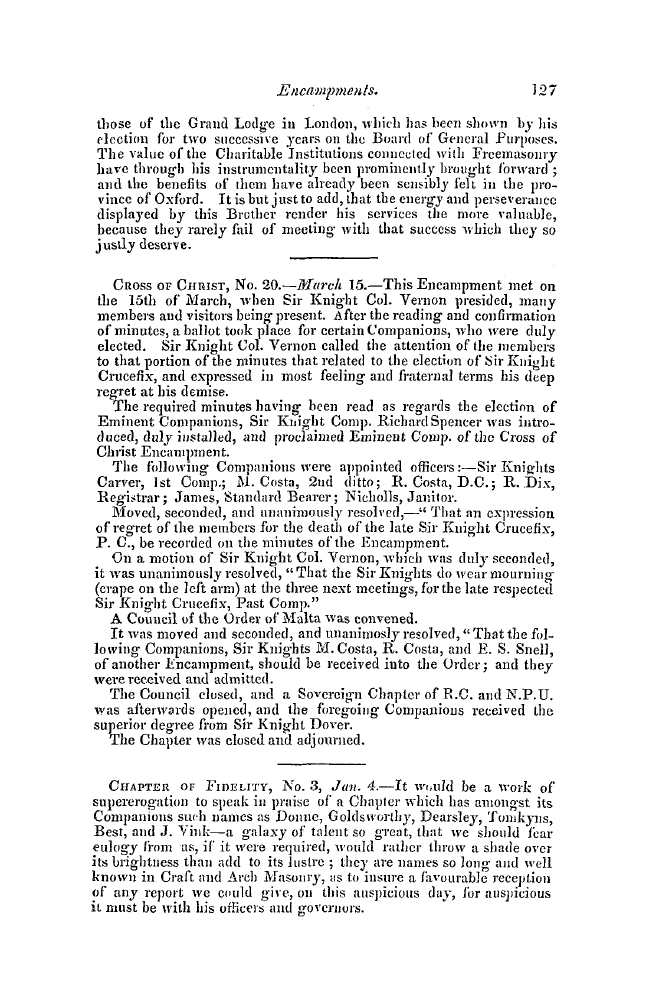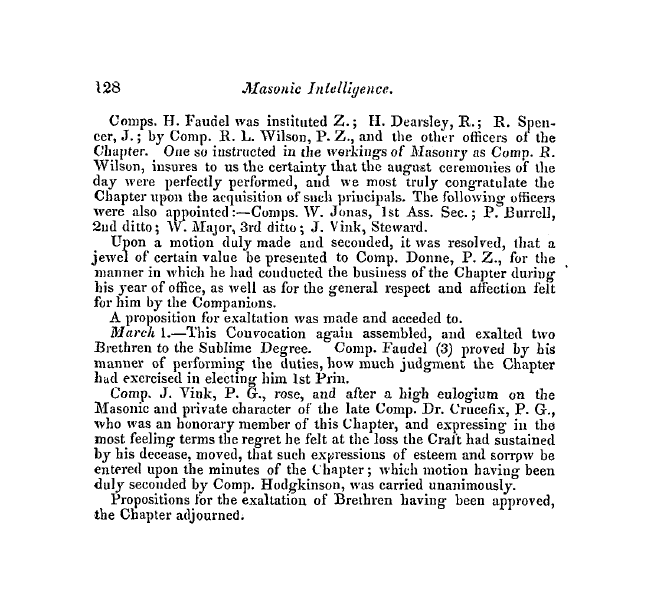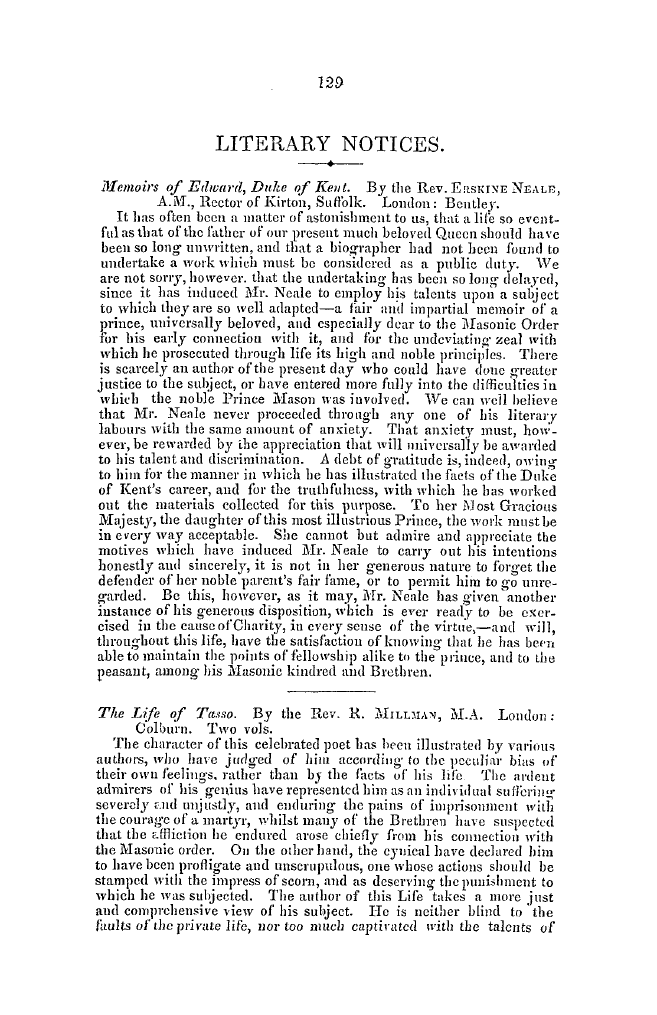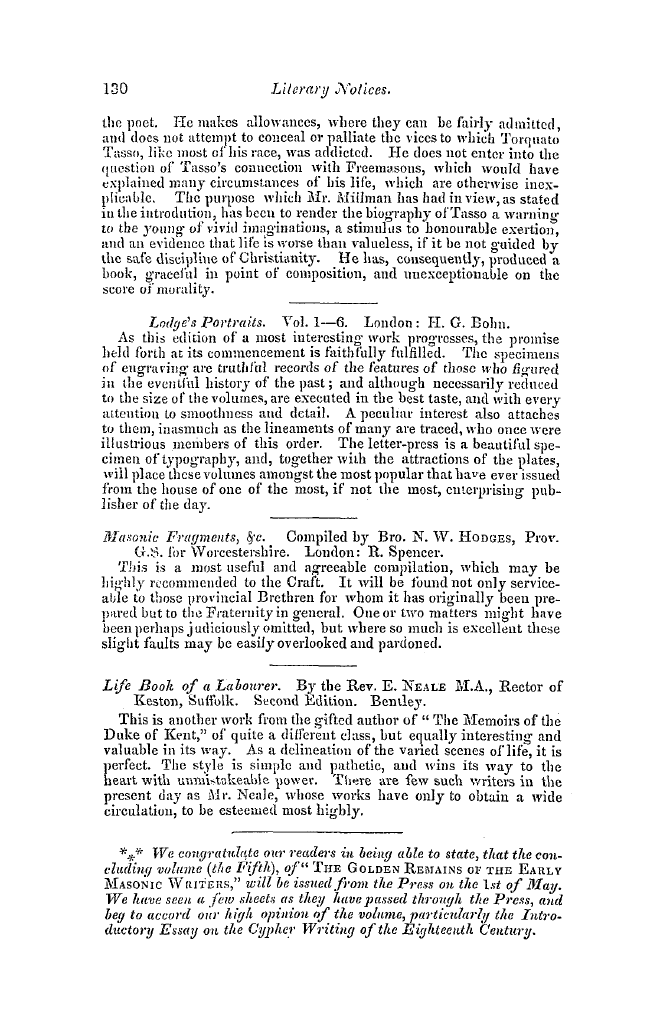-
Articles/Ads
Article LEGEND OF THE M.M. DEGREE. ← Page 4 of 5 →
Note: This text has been automatically extracted via Optical Character Recognition (OCR) software.
Legend Of The M.M. Degree.
typical of the genial influence which Spring produces on the face of Nature . The candidate for initiation into the Mysteries of Adonis , underwent previous probation . Lucian mentions some of the observances . During the progress of the ceremony , tlie candidate passed through a drama , iu which he personified Adonis , and represented the figurative death of the
Sun in Winter and his regeneration in Spring . High and sublime references were hidden beneath these rites ; the resurrection of the body was typified , and a belief in the glories of immortality imparted to tlie aspirant . From Phoenicia , the celebration of these rites was propagated into Assyria , Baby lonia , Sicily , Greece , and Persia . They were introduced into Judea ; and , as we see in Ezekiel , * the Hebrew women were accustomed to hold annual lamentations for the death of Adonis , under the name of TAMMUZ .
Such were the rites of Adonis , as they existed at the building of the Temple . At that time , it is evident , that a great reformation took place in therites , as far as regarded the Fraternity of Builders . When the union of Operative with Speculative Masonry was effected , the rites were cleansed from the pollution they had gathered during the lapse of ages , and restored to their primitive purity . Portions of the peculiar ceremonial observances were retained ; but all idolatrous tendency was
removed . It ivas not the entire destruction of the previous riteswhich was then intended ; the object was , to base upon them a purer system ; so , in like manner , the first teachers of the Christian faith , preached their doctrines in places consecrated b y popular belief , adapted ancient usages to the newly-taught creed , and the Christian Church arose in tho vicinity of the pagan temple . Scattered so widely abroad as were the Fraternity of sacred Builders ,
comprising Brethren of every country where arts were known and architecture flourished , it was manifestly to the advantage of the common bond , that a general and peculiar system should be adopted , in which they could all participate . The Mysteries did not afford
such common bond ; though derived , as has been observed , from one common source , their practice in process of time differed in each nation ; and their symbolical application and spiritual reference became , in many instances , entirely perverted from their primitive purport . The benefits resulting from a genuine system , capable of universal application , freed from all spurious excrescences , and restored to the purity of pristine truth , are sufficiently obvious . To effect thisit became necessary to reform the Mysteriesto
, , separate Truth from Error , remove all tendency to superstition , and introduce a purified system applicable to the entire body of the Fraternity . That this reformation was effected at the period indicated , we now possess evidence , as well extrinsic as direct , to shew . Indeed the union of Operative and Speculative Freemasonry , could not have been accomplished , unless either all reference to existing rites had been
destroyed , or such reformation as has been adverted to effected . The retention of some portion of the previous machinery , at the particular period alluded to , clearly manifests that the latter course was adopted ; and the intelligent brother who is enabled to trace existing- analogies ,
Note: This text has been automatically extracted via Optical Character Recognition (OCR) software.
Legend Of The M.M. Degree.
typical of the genial influence which Spring produces on the face of Nature . The candidate for initiation into the Mysteries of Adonis , underwent previous probation . Lucian mentions some of the observances . During the progress of the ceremony , tlie candidate passed through a drama , iu which he personified Adonis , and represented the figurative death of the
Sun in Winter and his regeneration in Spring . High and sublime references were hidden beneath these rites ; the resurrection of the body was typified , and a belief in the glories of immortality imparted to tlie aspirant . From Phoenicia , the celebration of these rites was propagated into Assyria , Baby lonia , Sicily , Greece , and Persia . They were introduced into Judea ; and , as we see in Ezekiel , * the Hebrew women were accustomed to hold annual lamentations for the death of Adonis , under the name of TAMMUZ .
Such were the rites of Adonis , as they existed at the building of the Temple . At that time , it is evident , that a great reformation took place in therites , as far as regarded the Fraternity of Builders . When the union of Operative with Speculative Masonry was effected , the rites were cleansed from the pollution they had gathered during the lapse of ages , and restored to their primitive purity . Portions of the peculiar ceremonial observances were retained ; but all idolatrous tendency was
removed . It ivas not the entire destruction of the previous riteswhich was then intended ; the object was , to base upon them a purer system ; so , in like manner , the first teachers of the Christian faith , preached their doctrines in places consecrated b y popular belief , adapted ancient usages to the newly-taught creed , and the Christian Church arose in tho vicinity of the pagan temple . Scattered so widely abroad as were the Fraternity of sacred Builders ,
comprising Brethren of every country where arts were known and architecture flourished , it was manifestly to the advantage of the common bond , that a general and peculiar system should be adopted , in which they could all participate . The Mysteries did not afford
such common bond ; though derived , as has been observed , from one common source , their practice in process of time differed in each nation ; and their symbolical application and spiritual reference became , in many instances , entirely perverted from their primitive purport . The benefits resulting from a genuine system , capable of universal application , freed from all spurious excrescences , and restored to the purity of pristine truth , are sufficiently obvious . To effect thisit became necessary to reform the Mysteriesto
, , separate Truth from Error , remove all tendency to superstition , and introduce a purified system applicable to the entire body of the Fraternity . That this reformation was effected at the period indicated , we now possess evidence , as well extrinsic as direct , to shew . Indeed the union of Operative and Speculative Freemasonry , could not have been accomplished , unless either all reference to existing rites had been
destroyed , or such reformation as has been adverted to effected . The retention of some portion of the previous machinery , at the particular period alluded to , clearly manifests that the latter course was adopted ; and the intelligent brother who is enabled to trace existing- analogies ,




























































